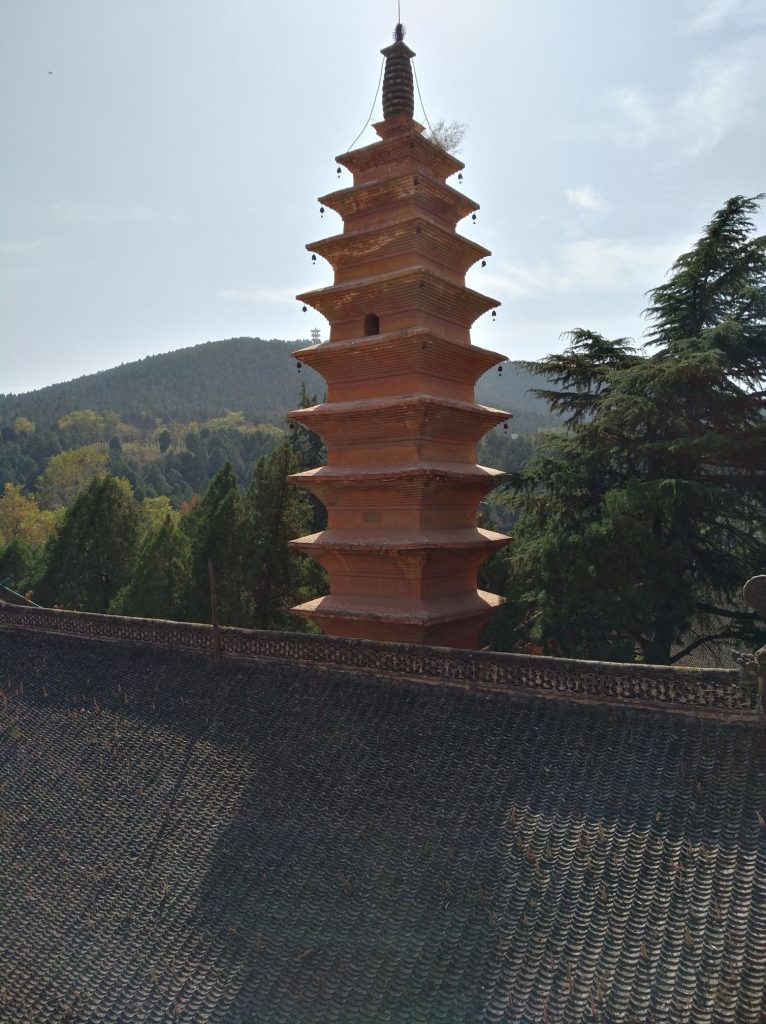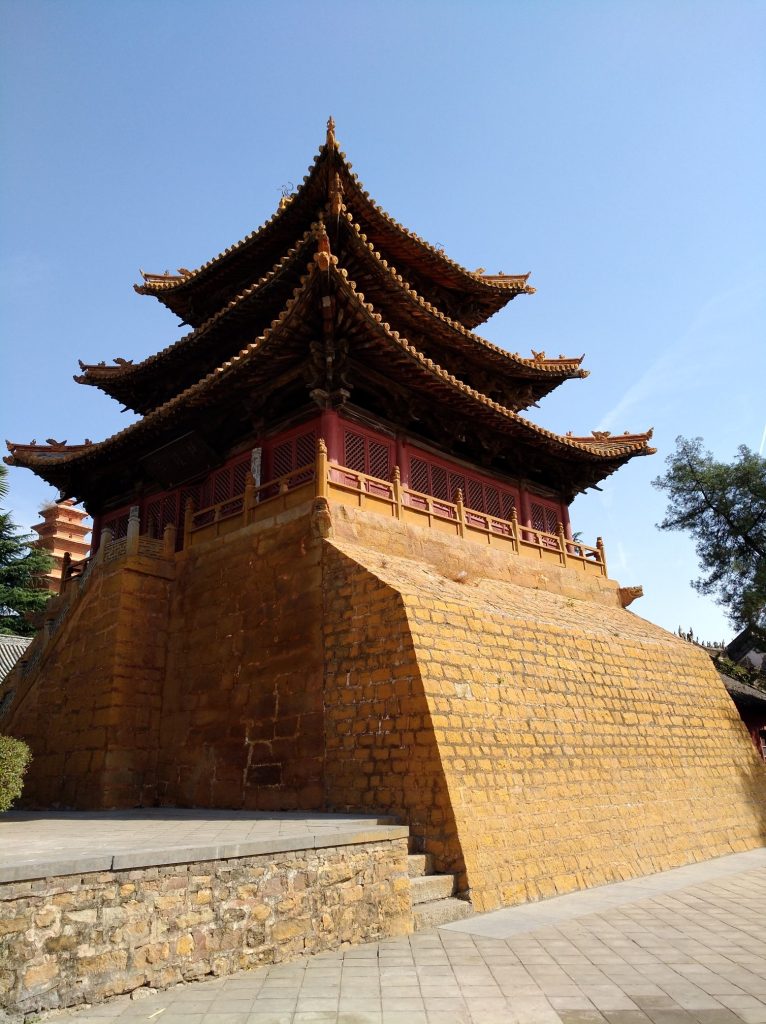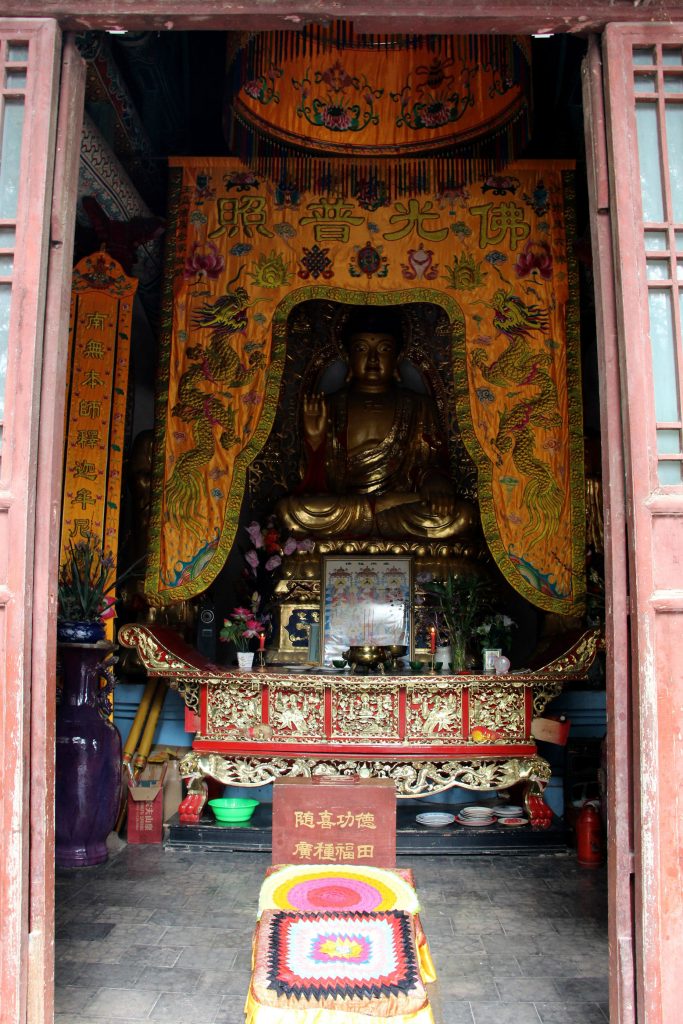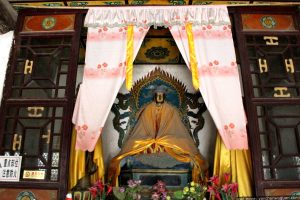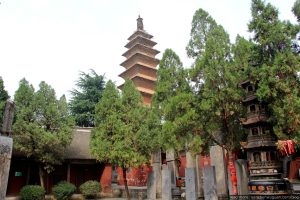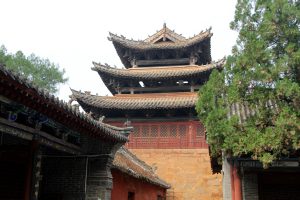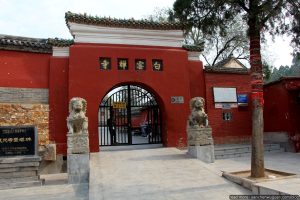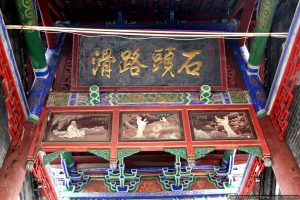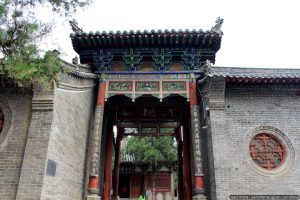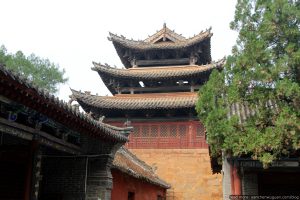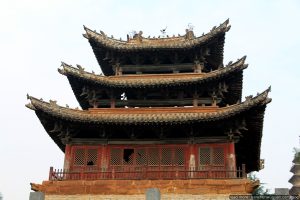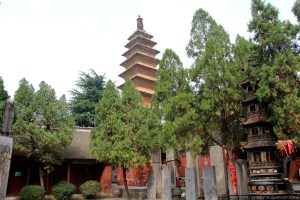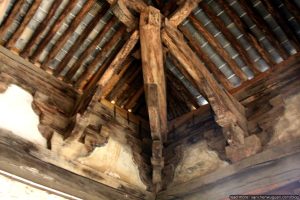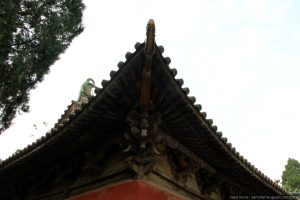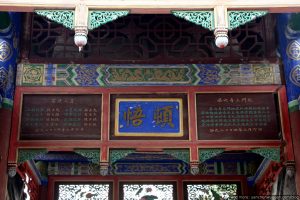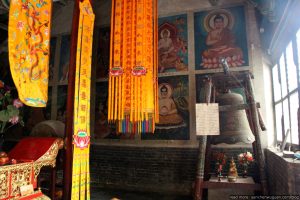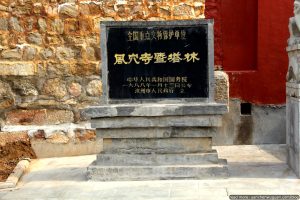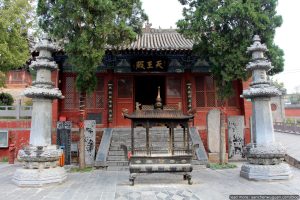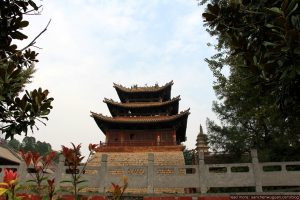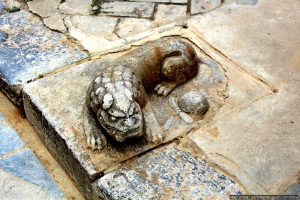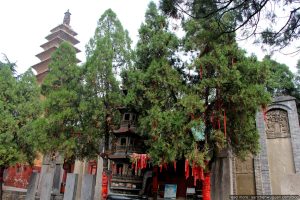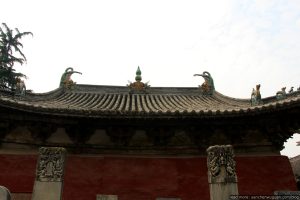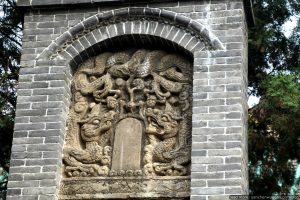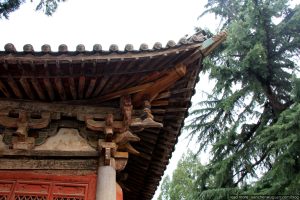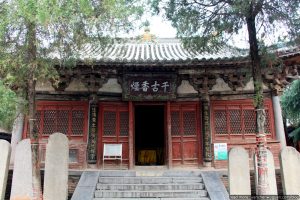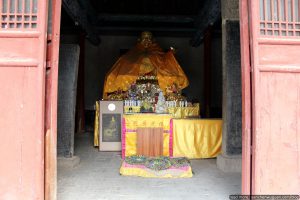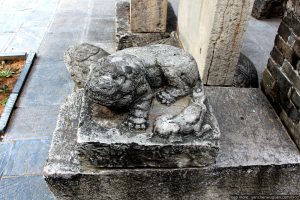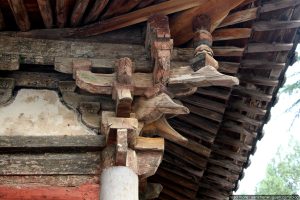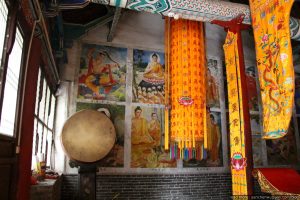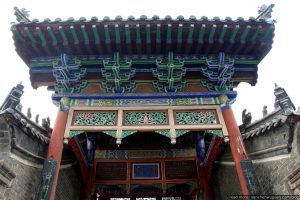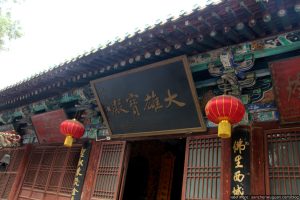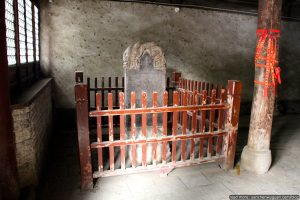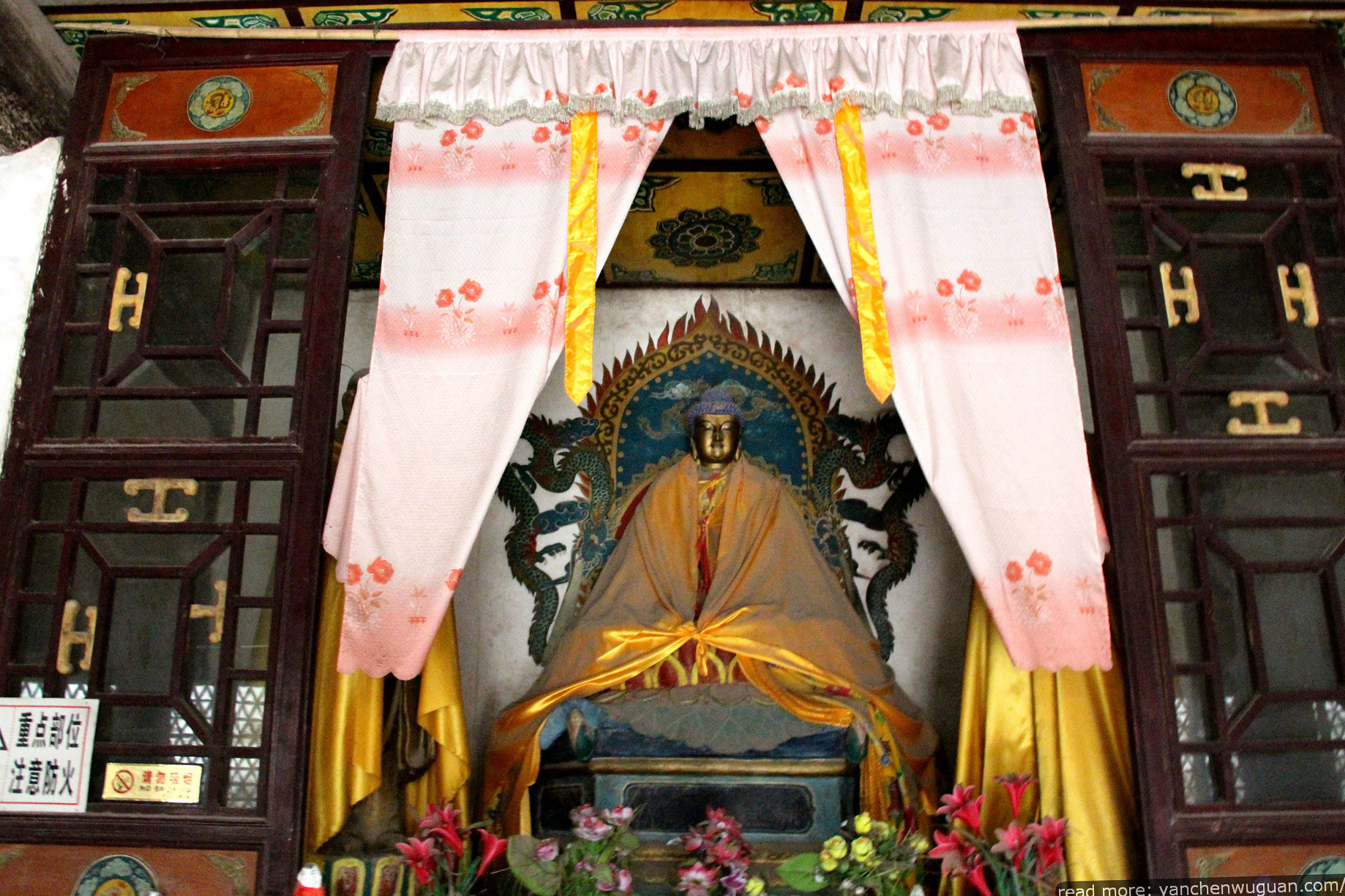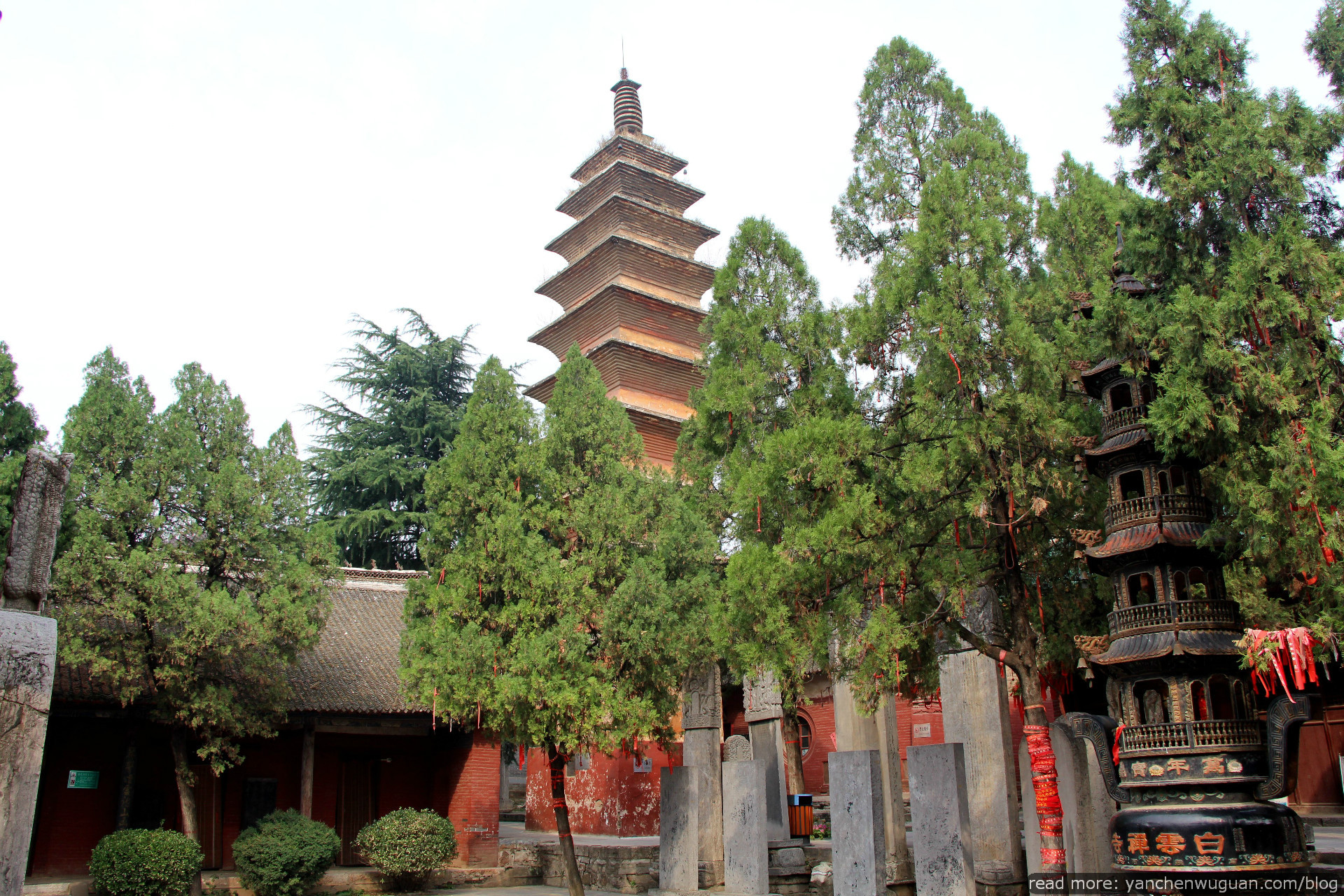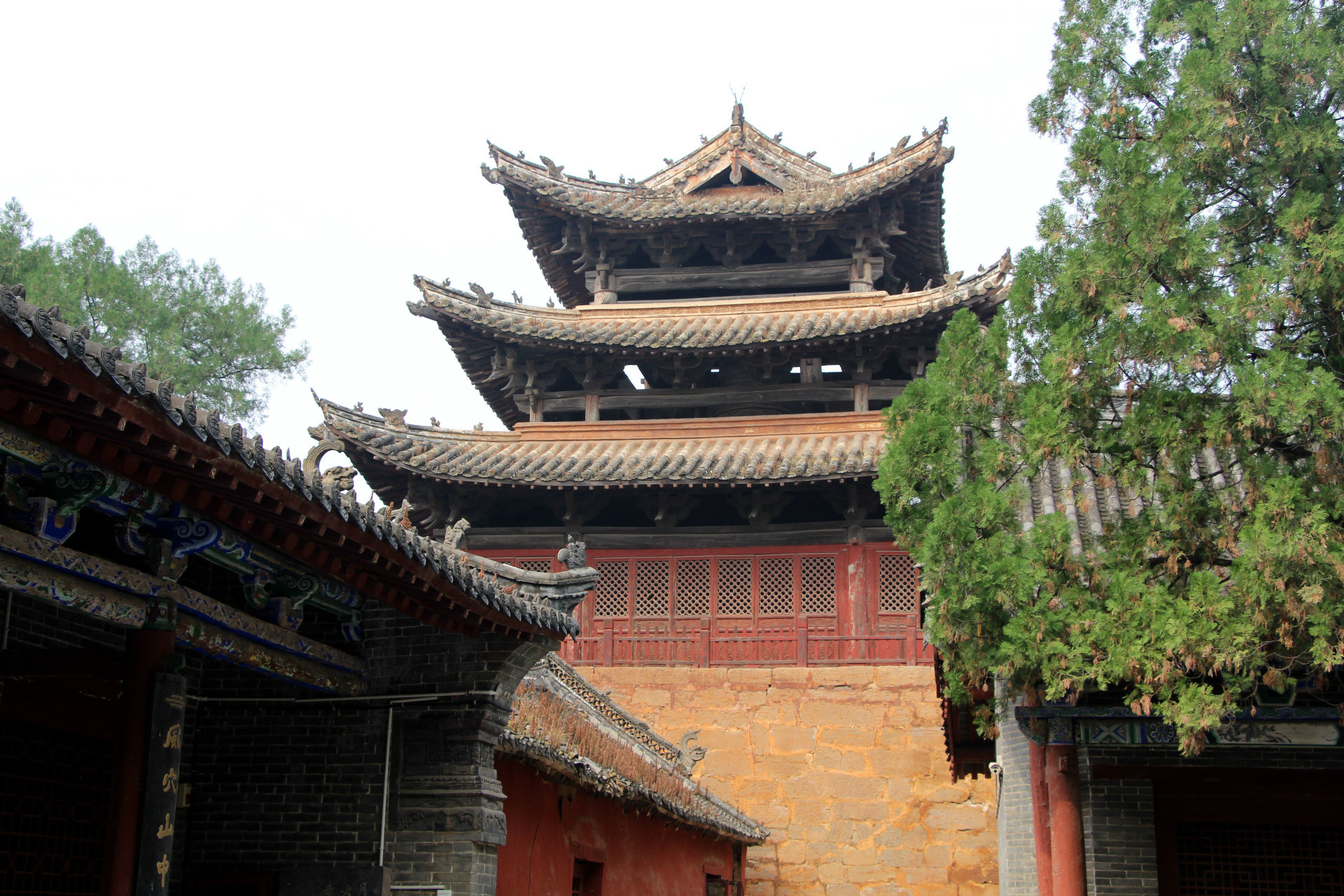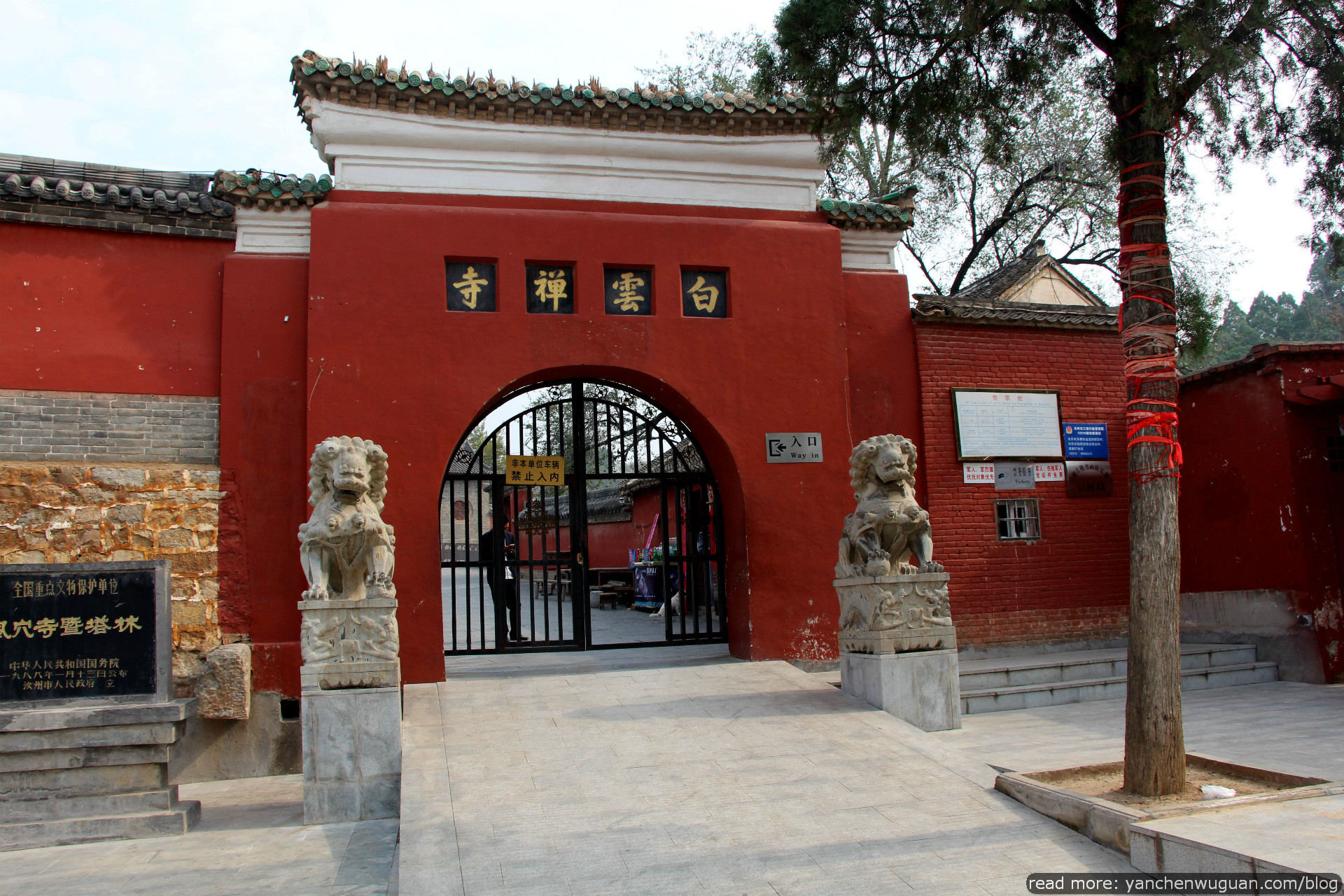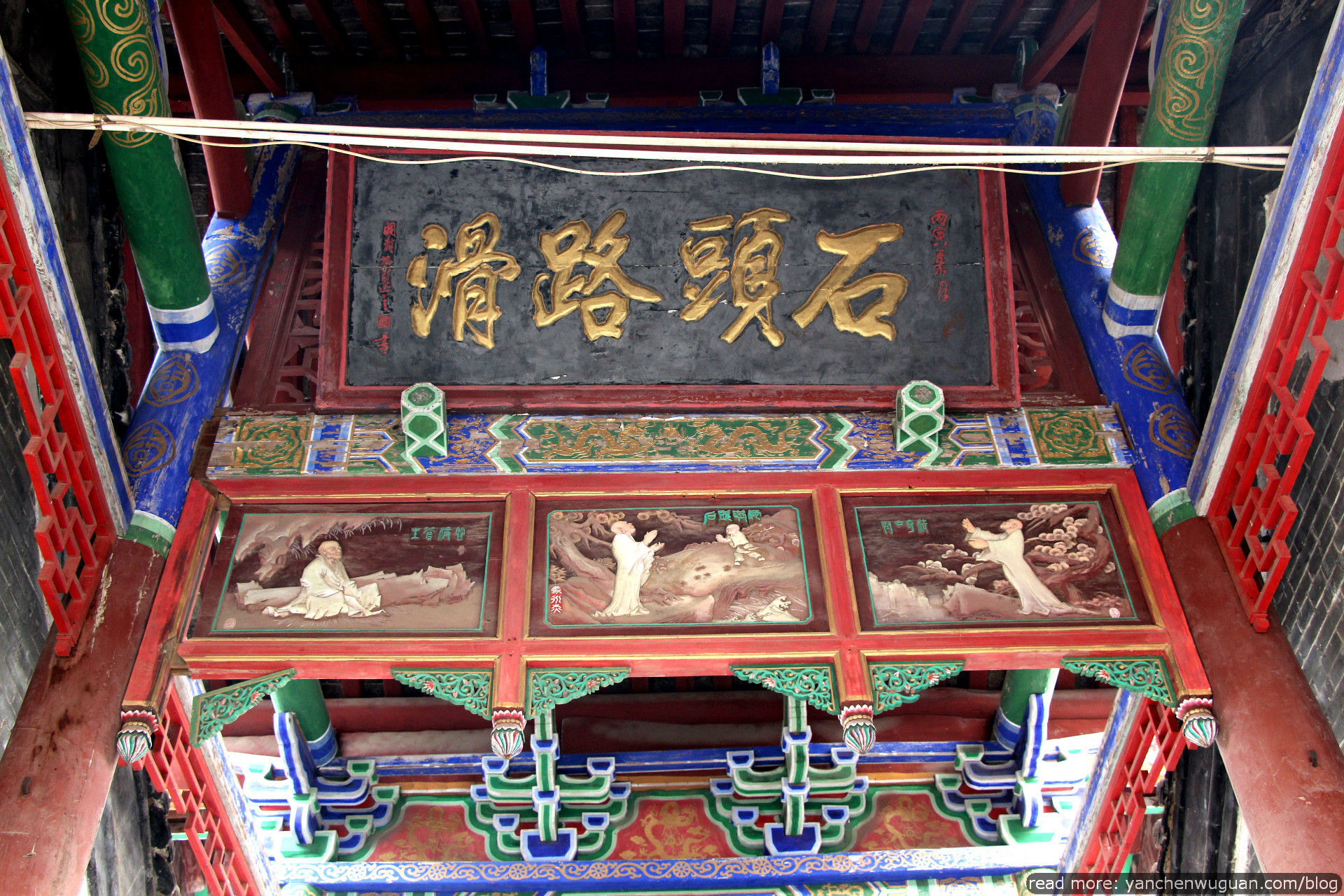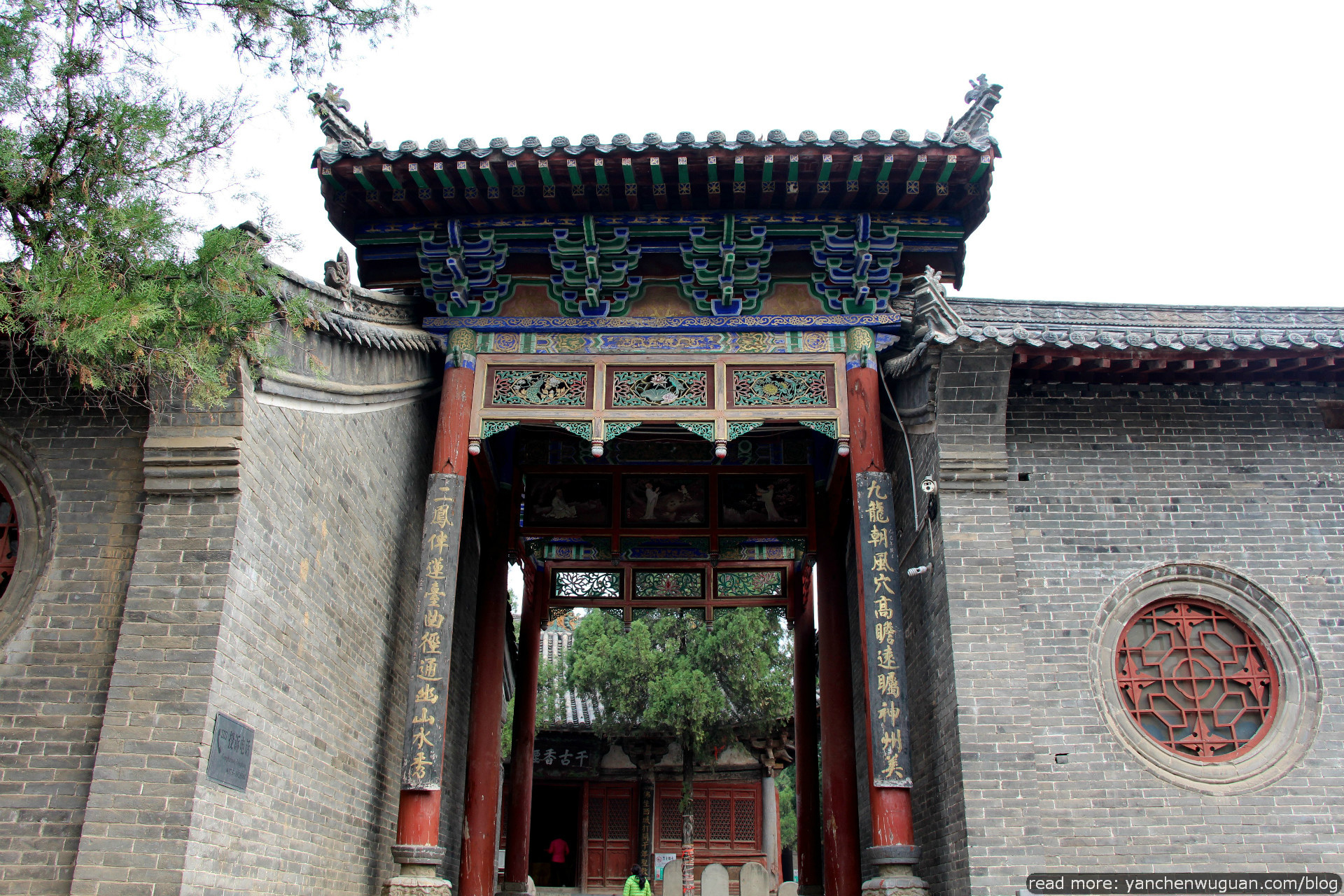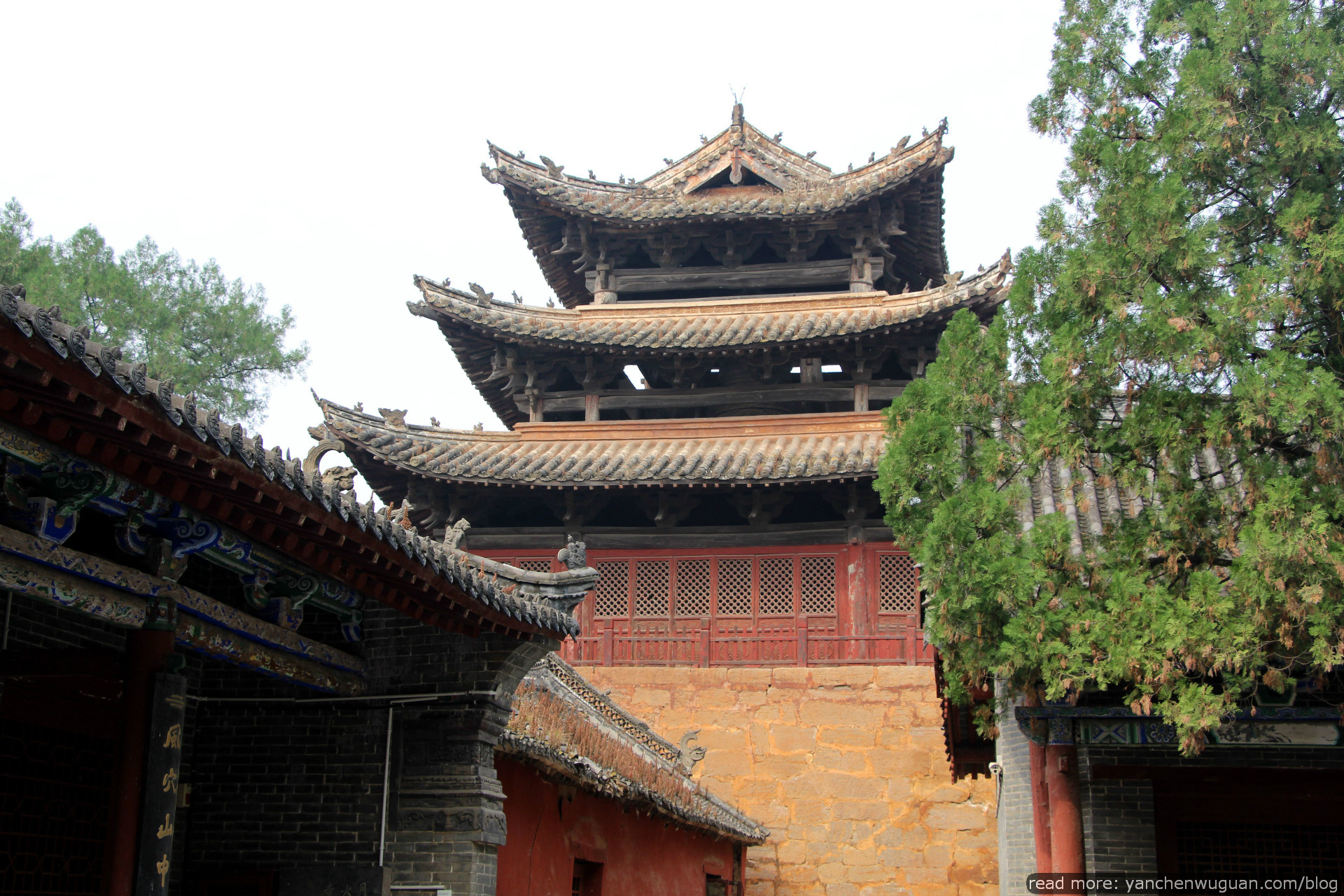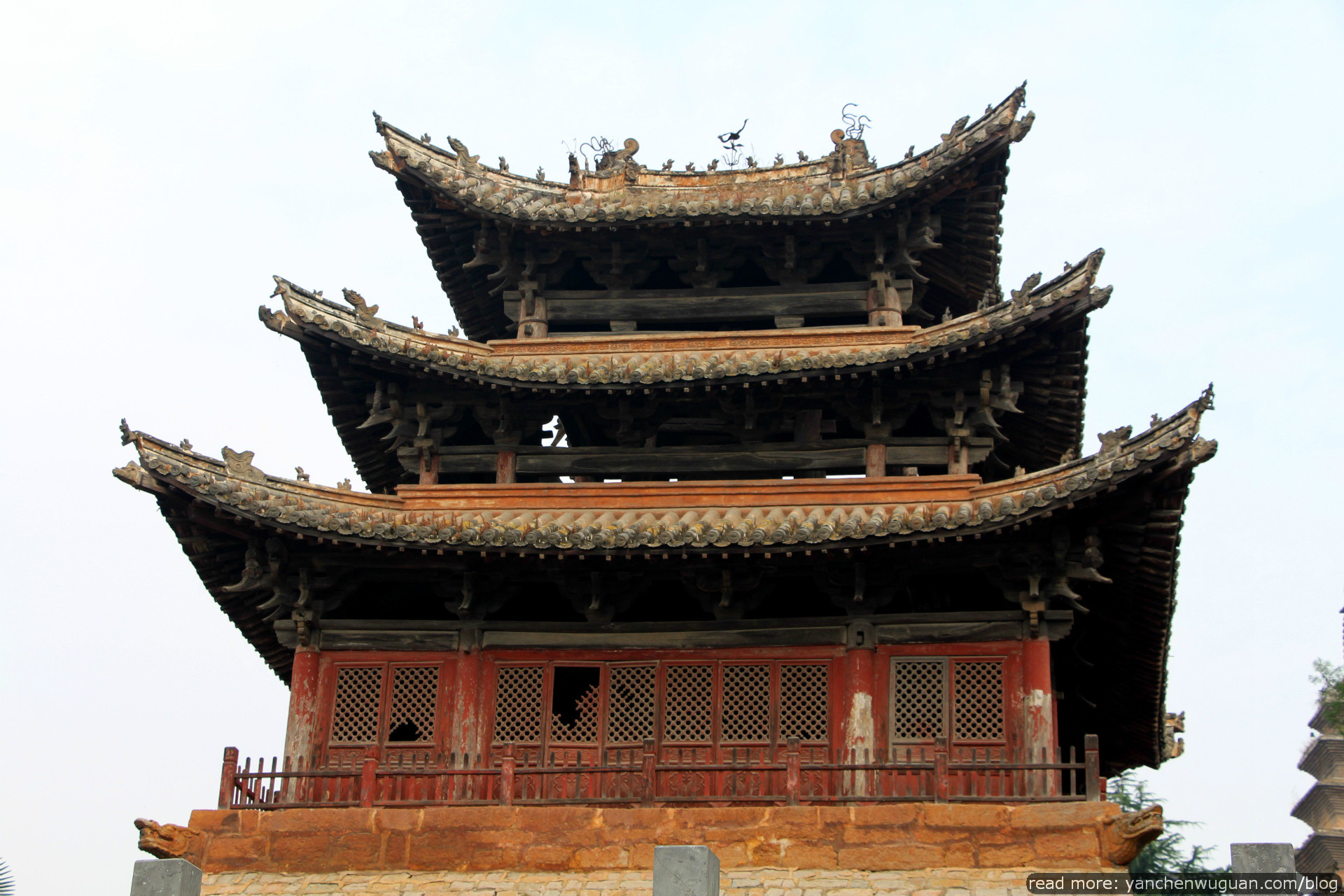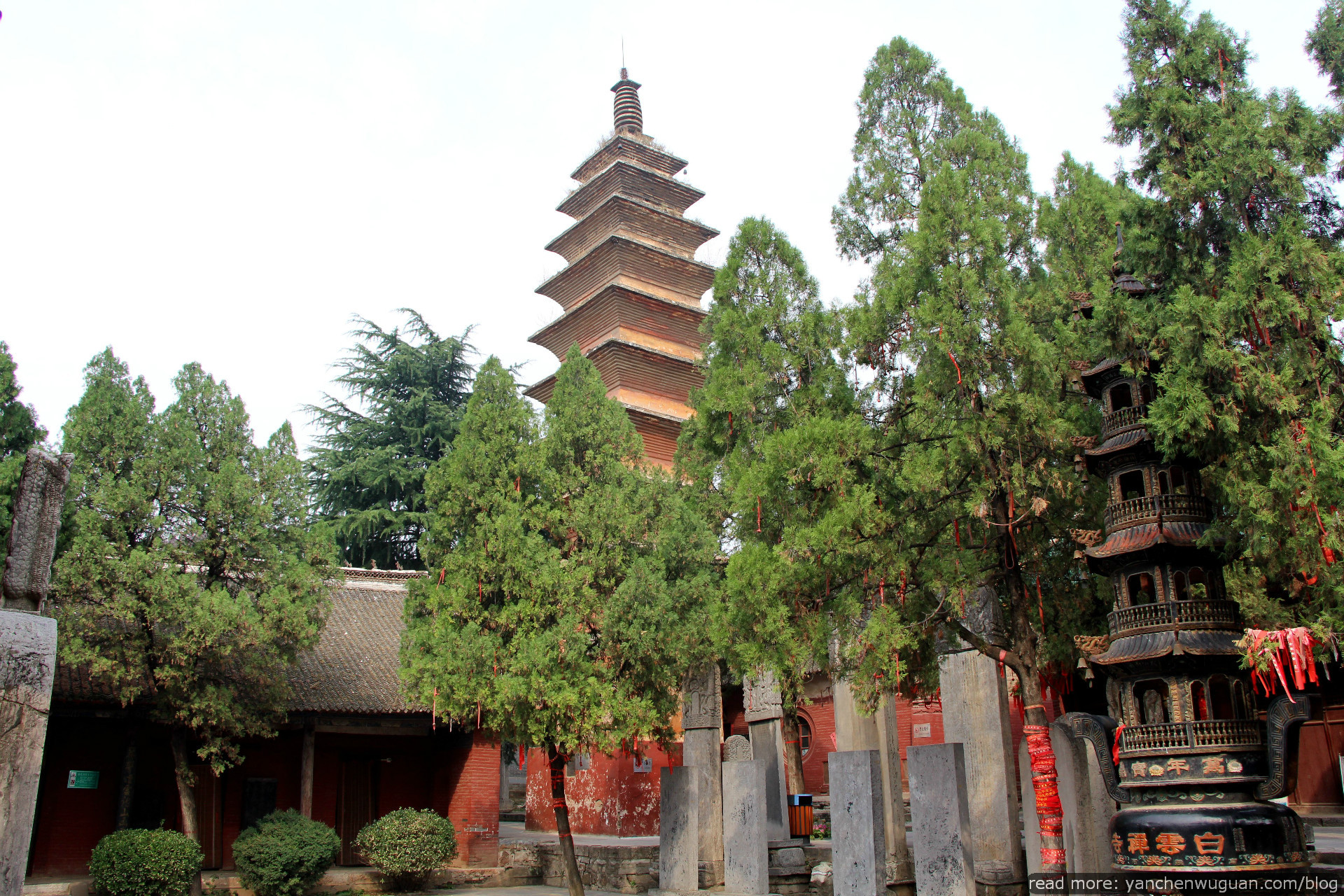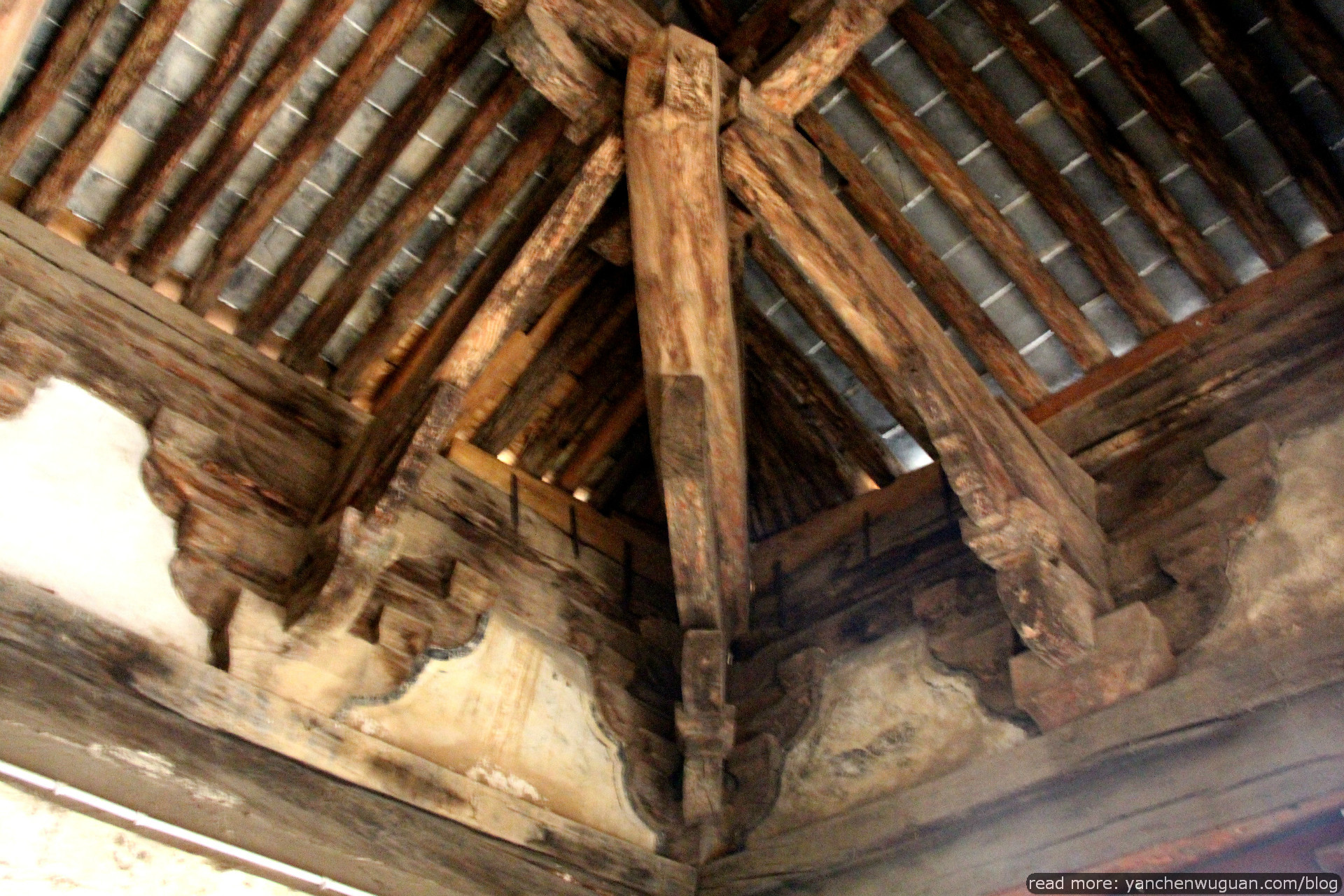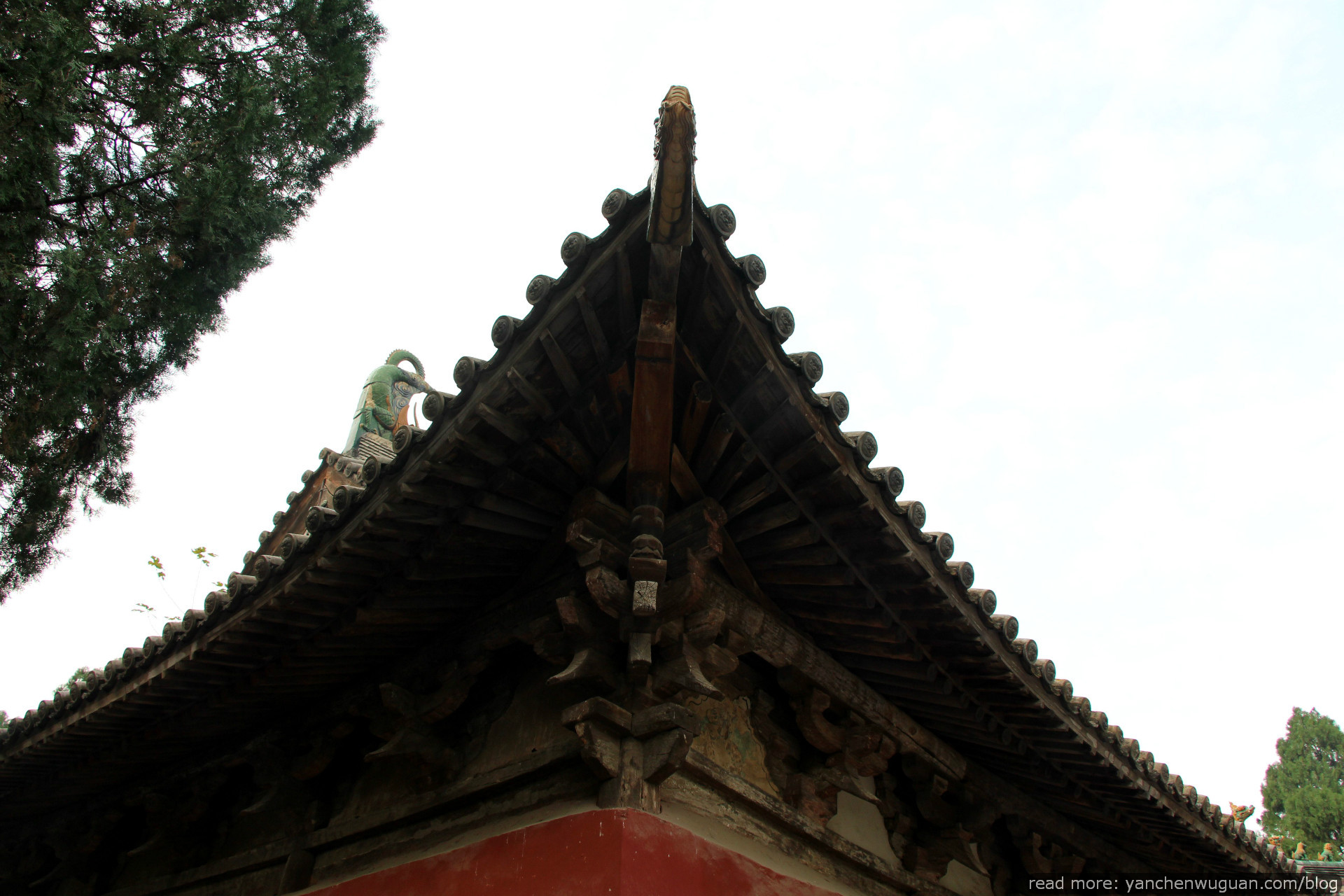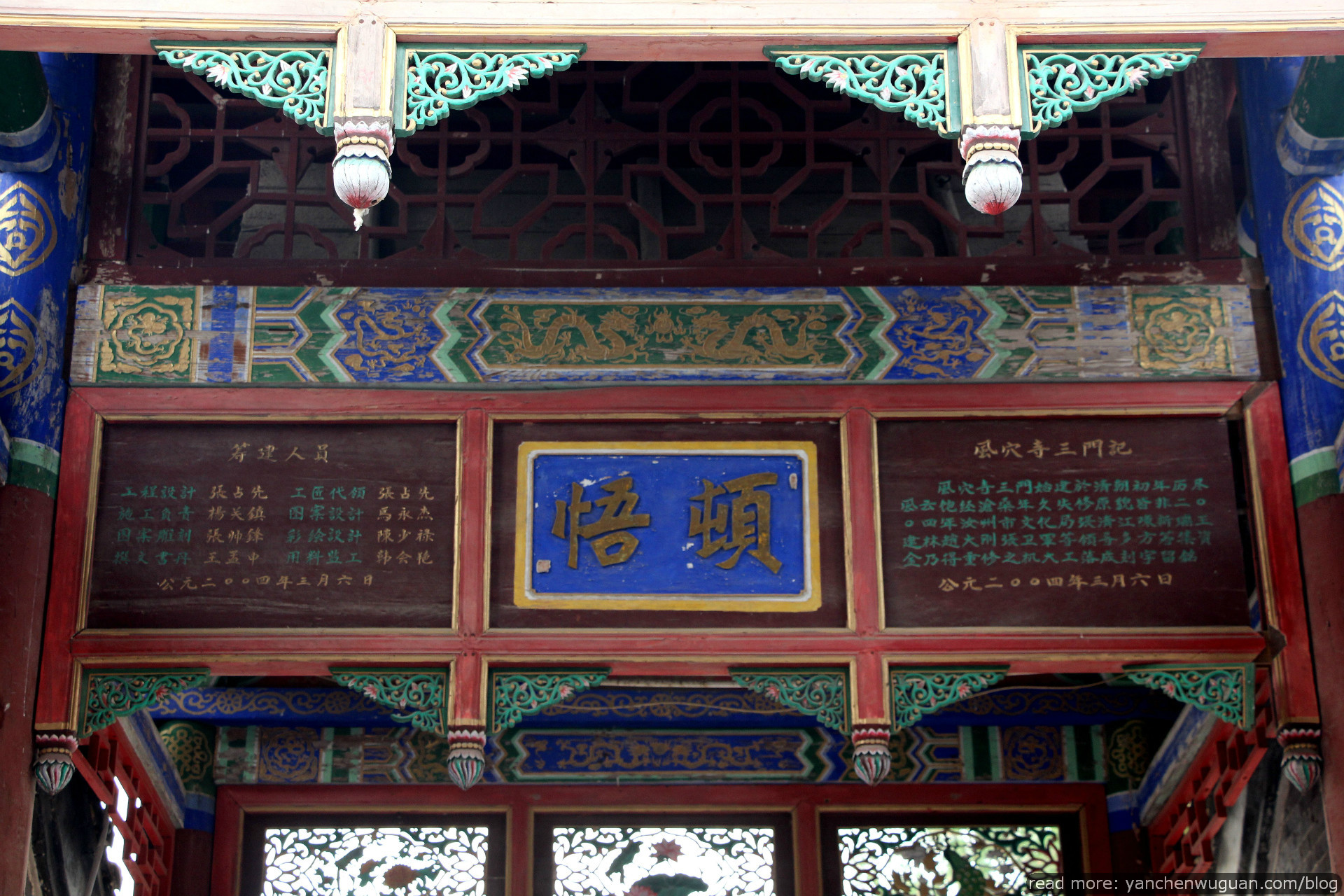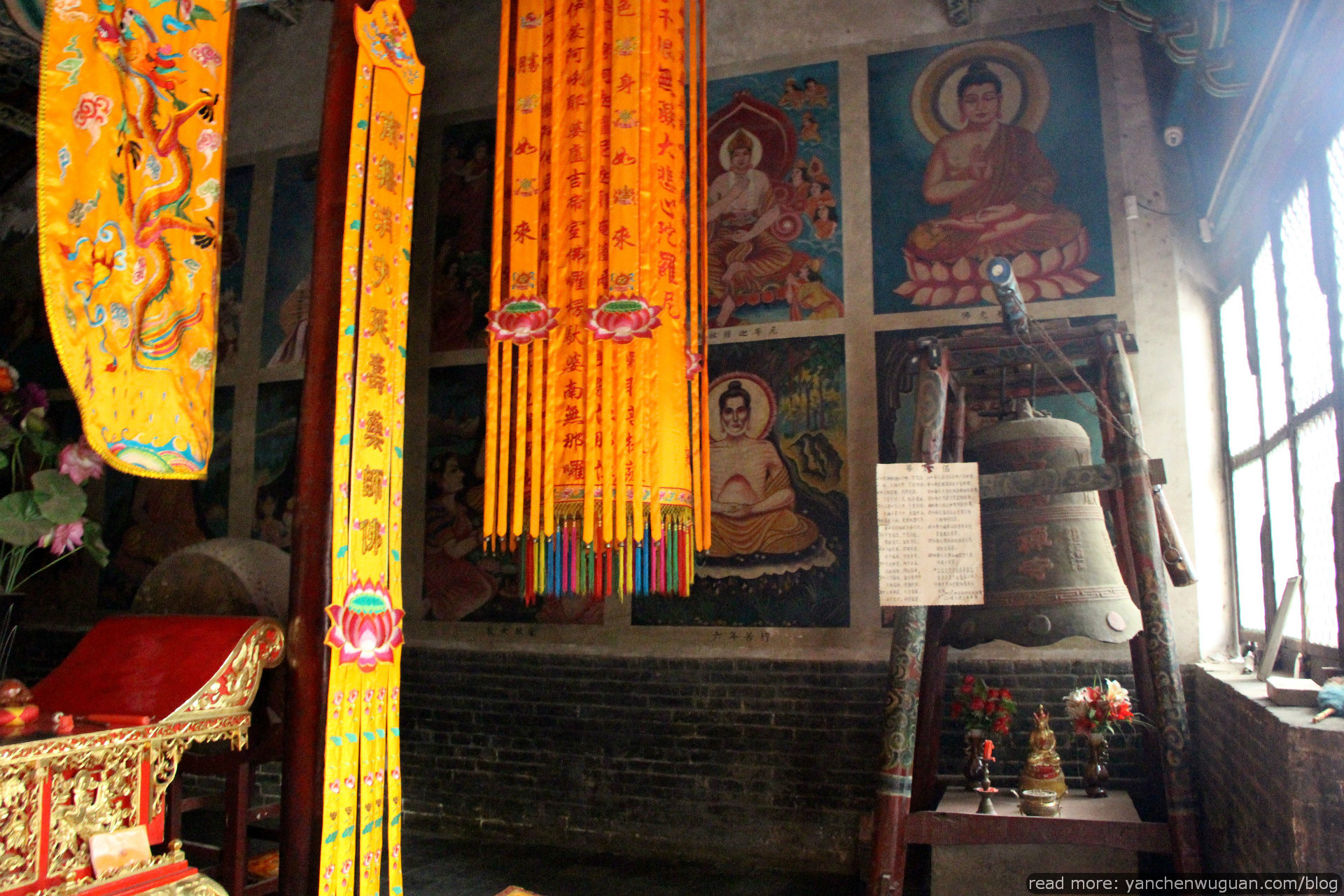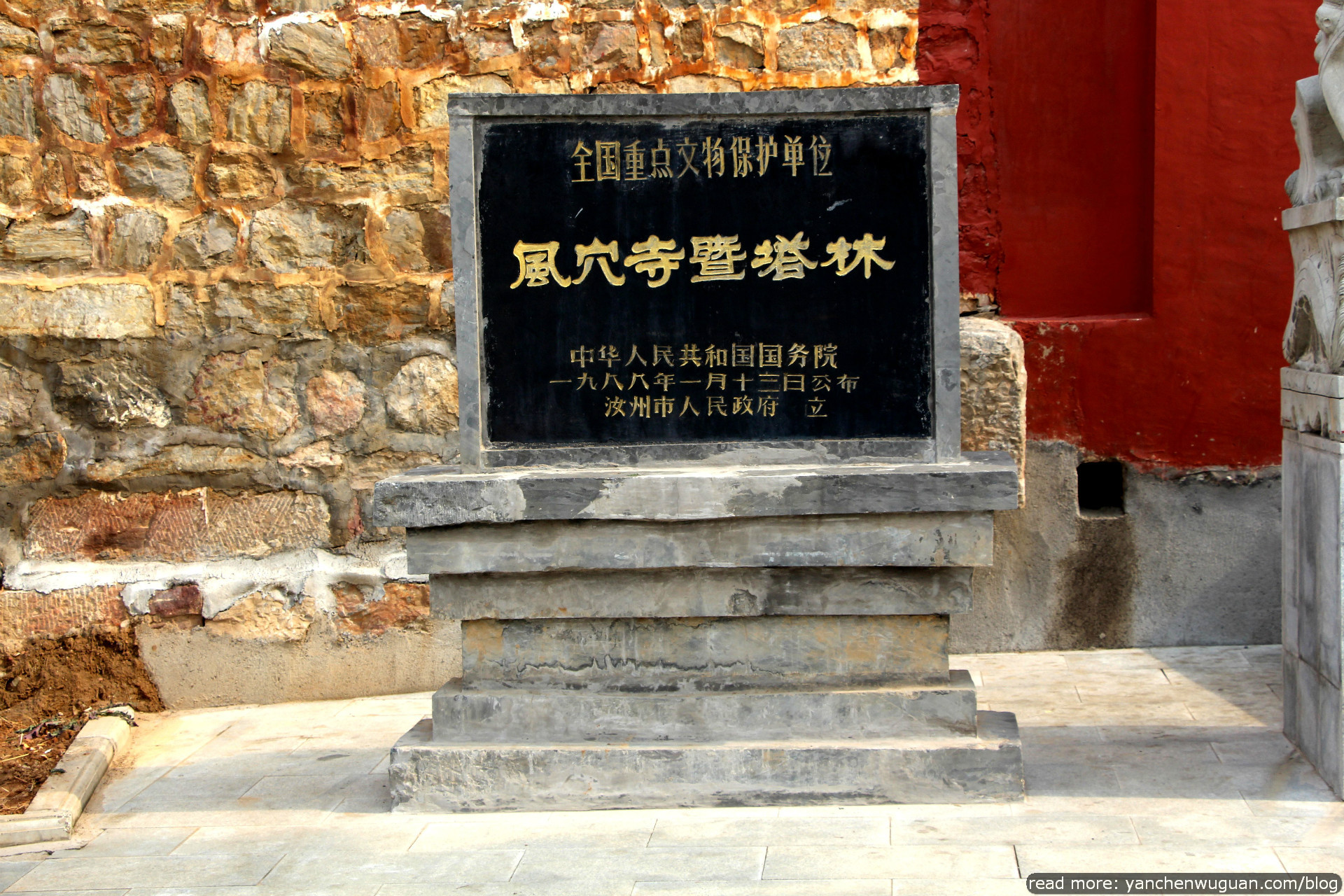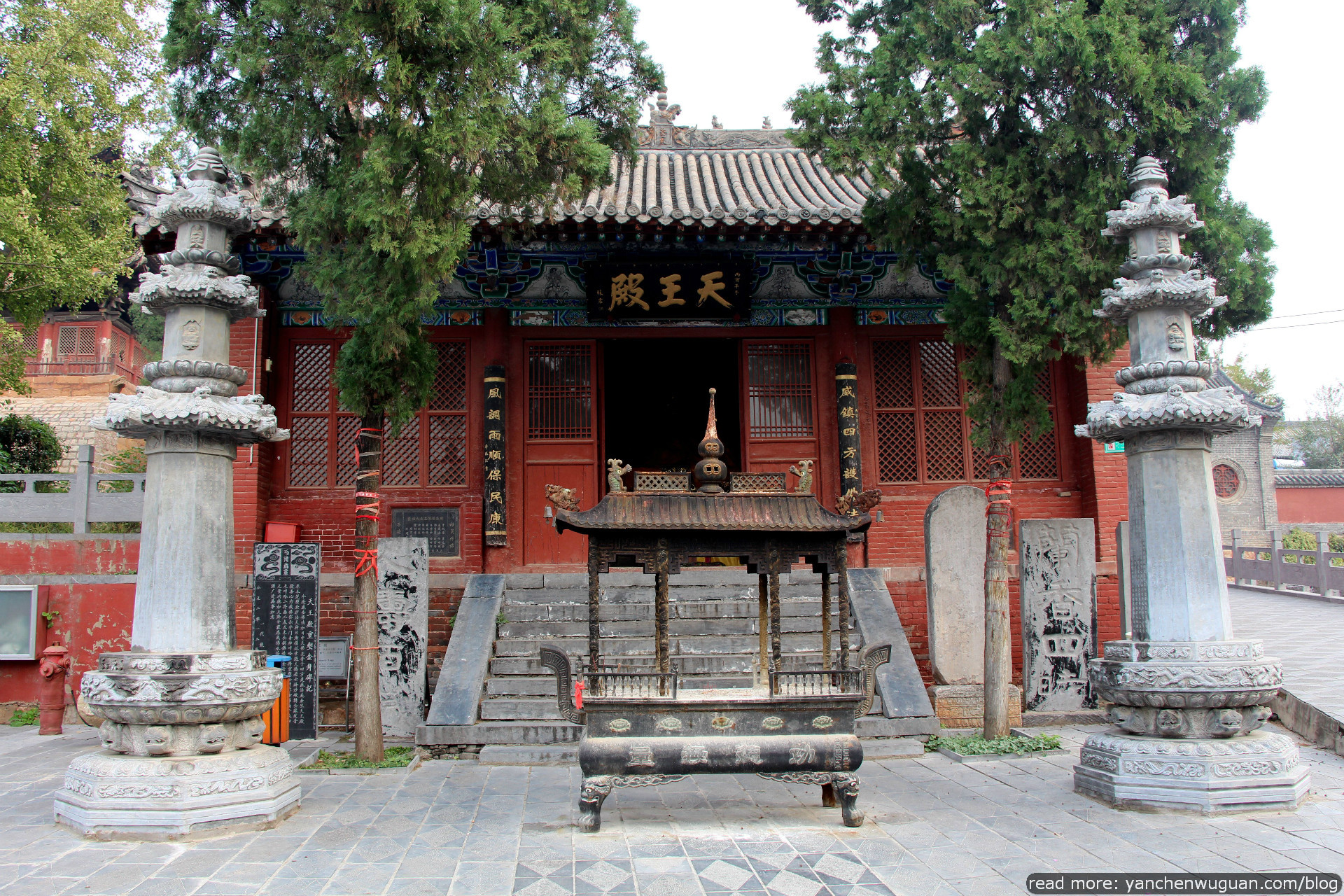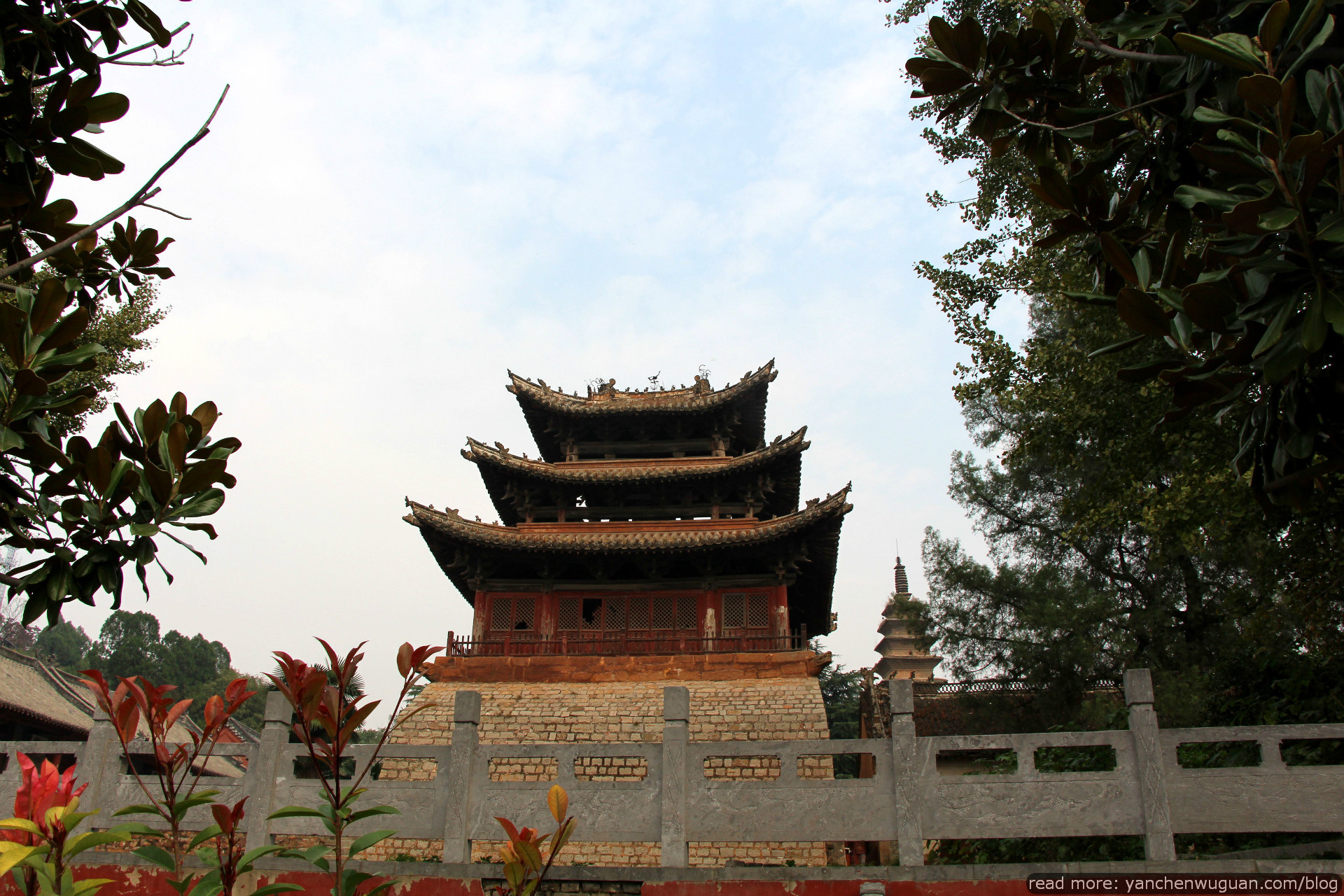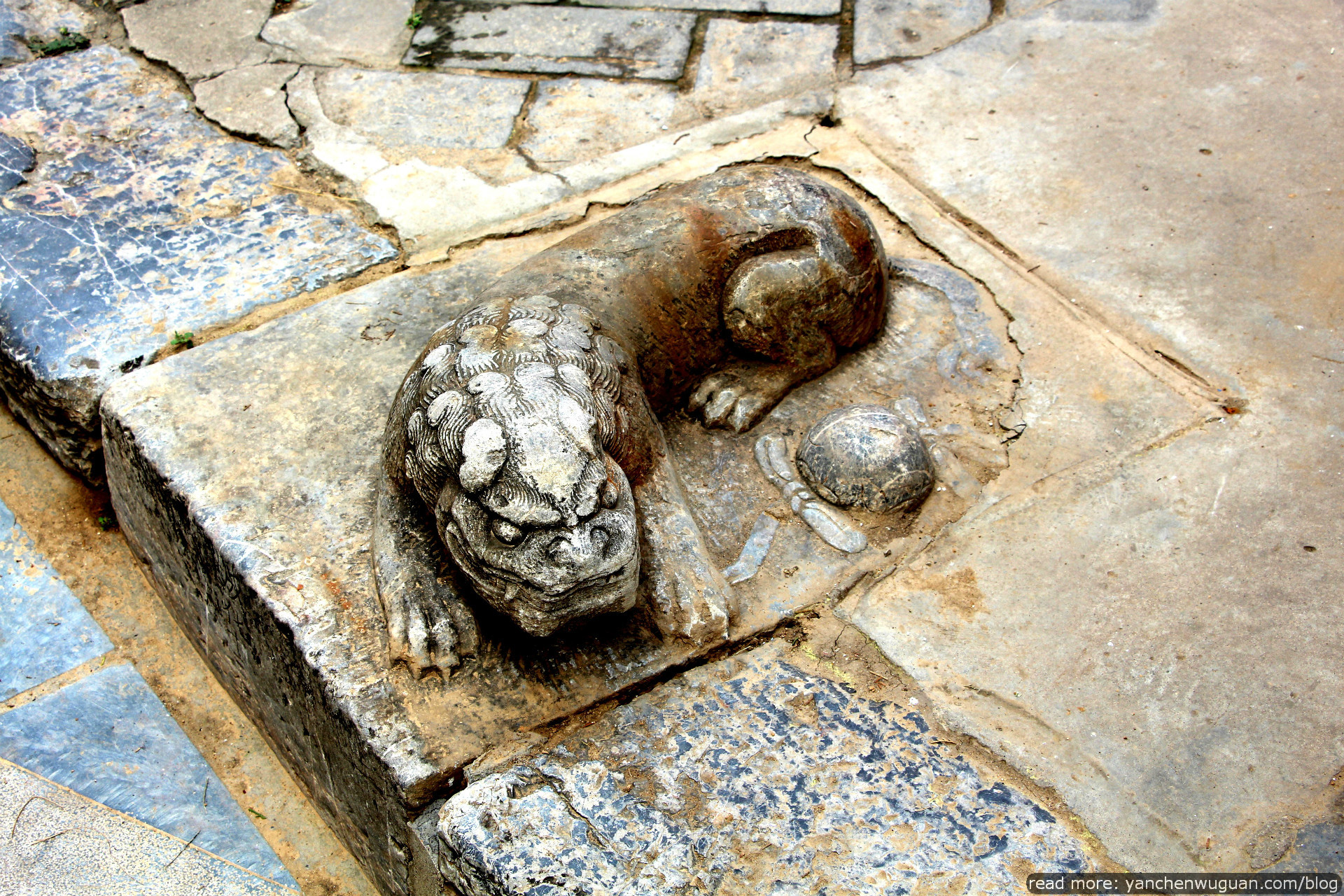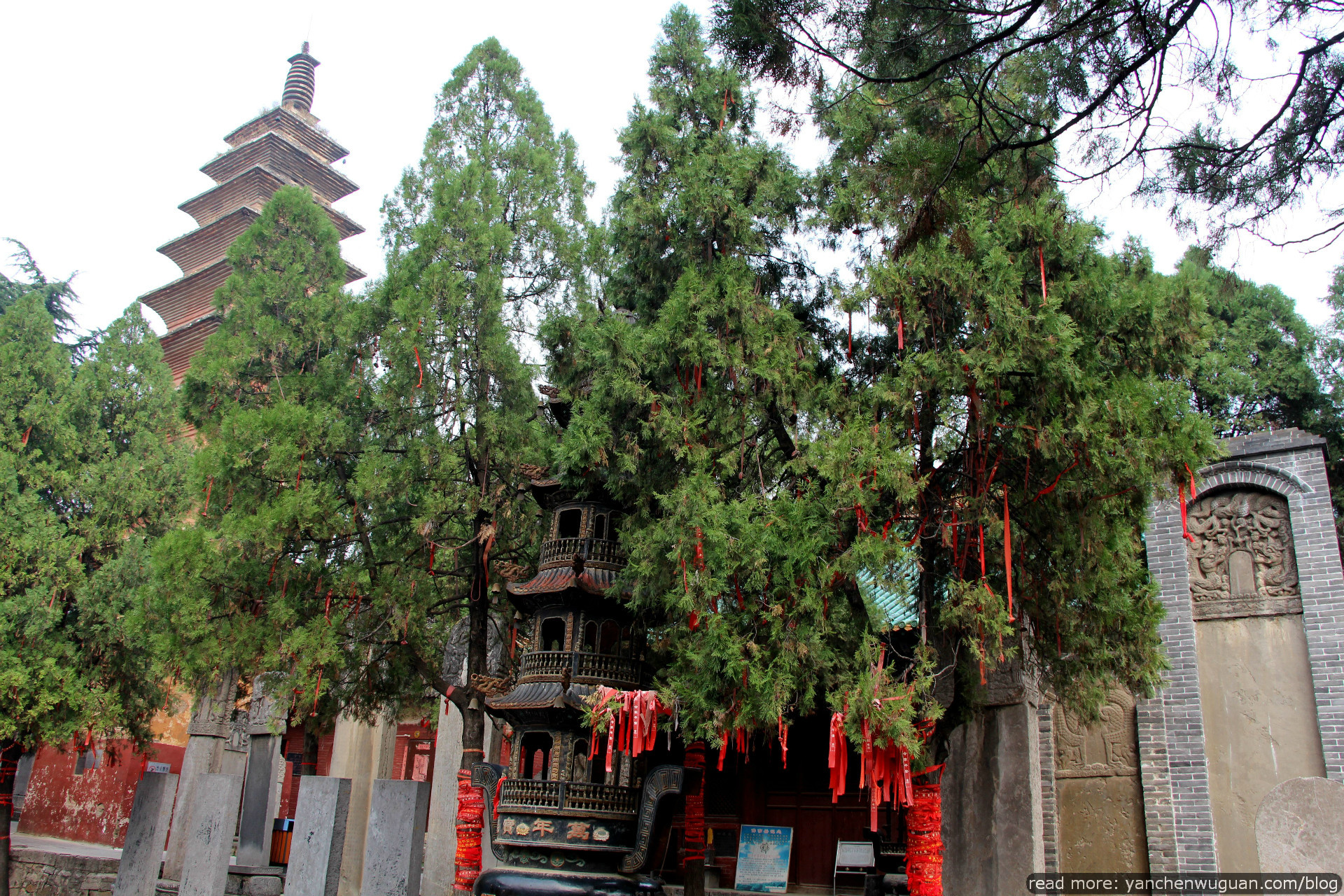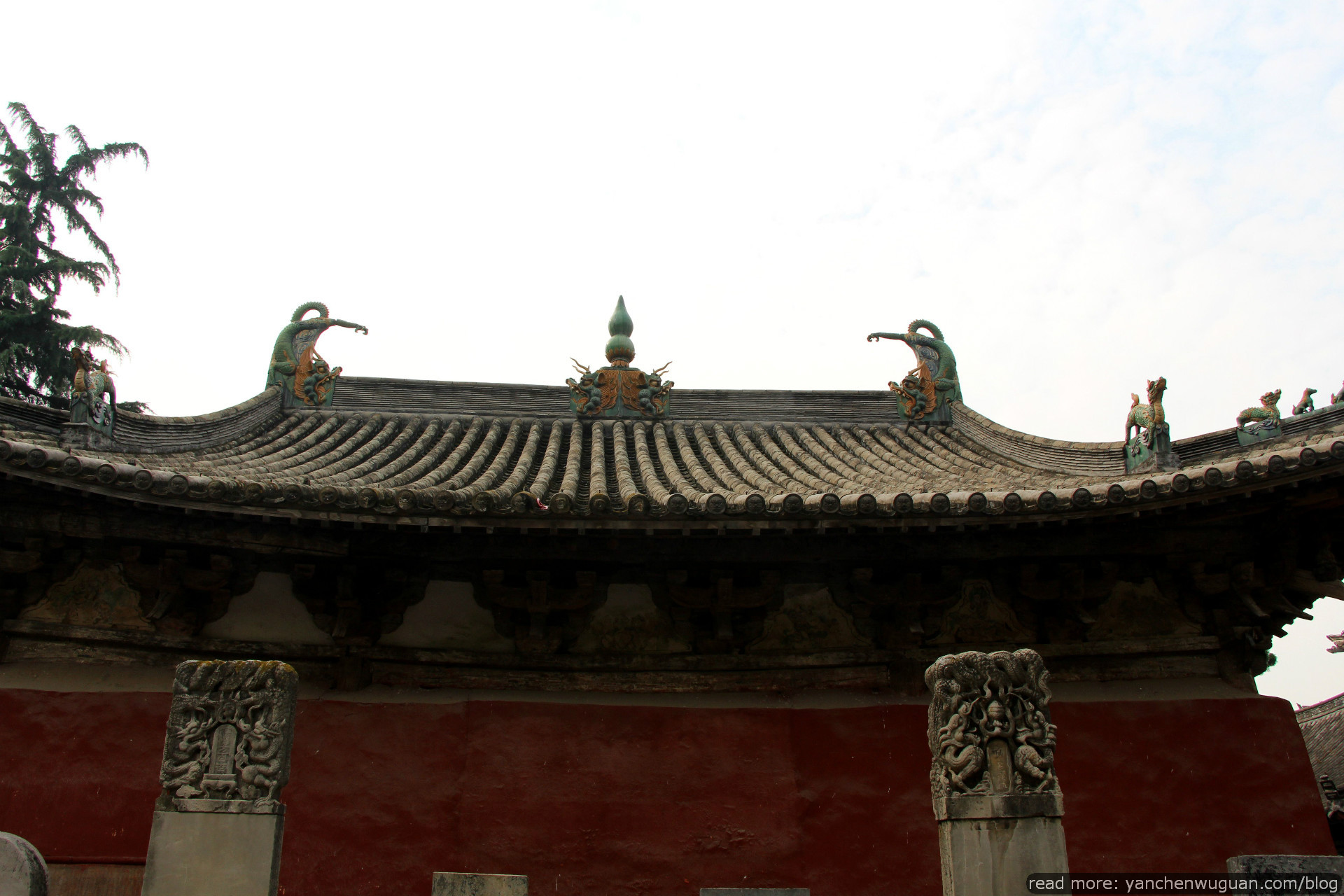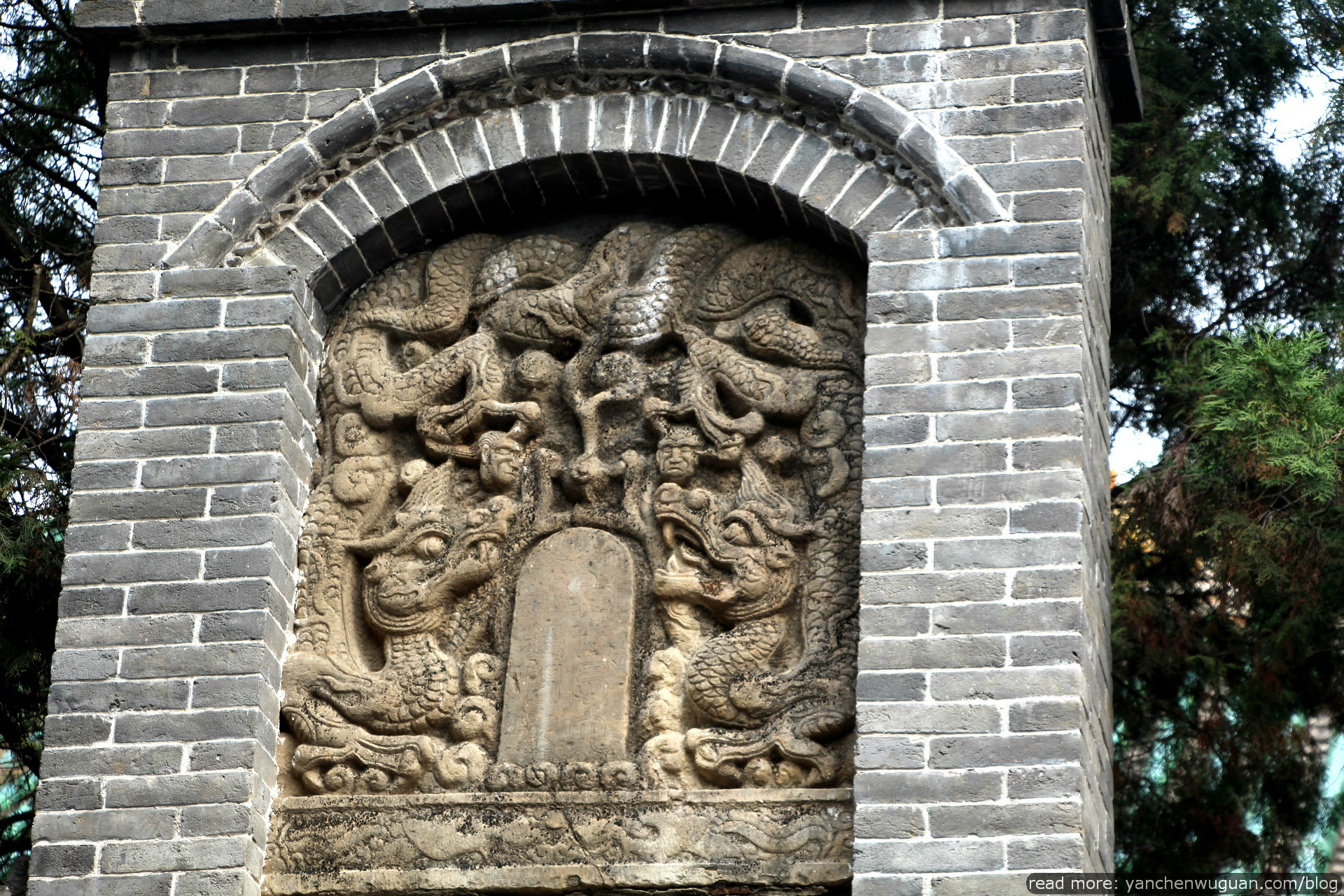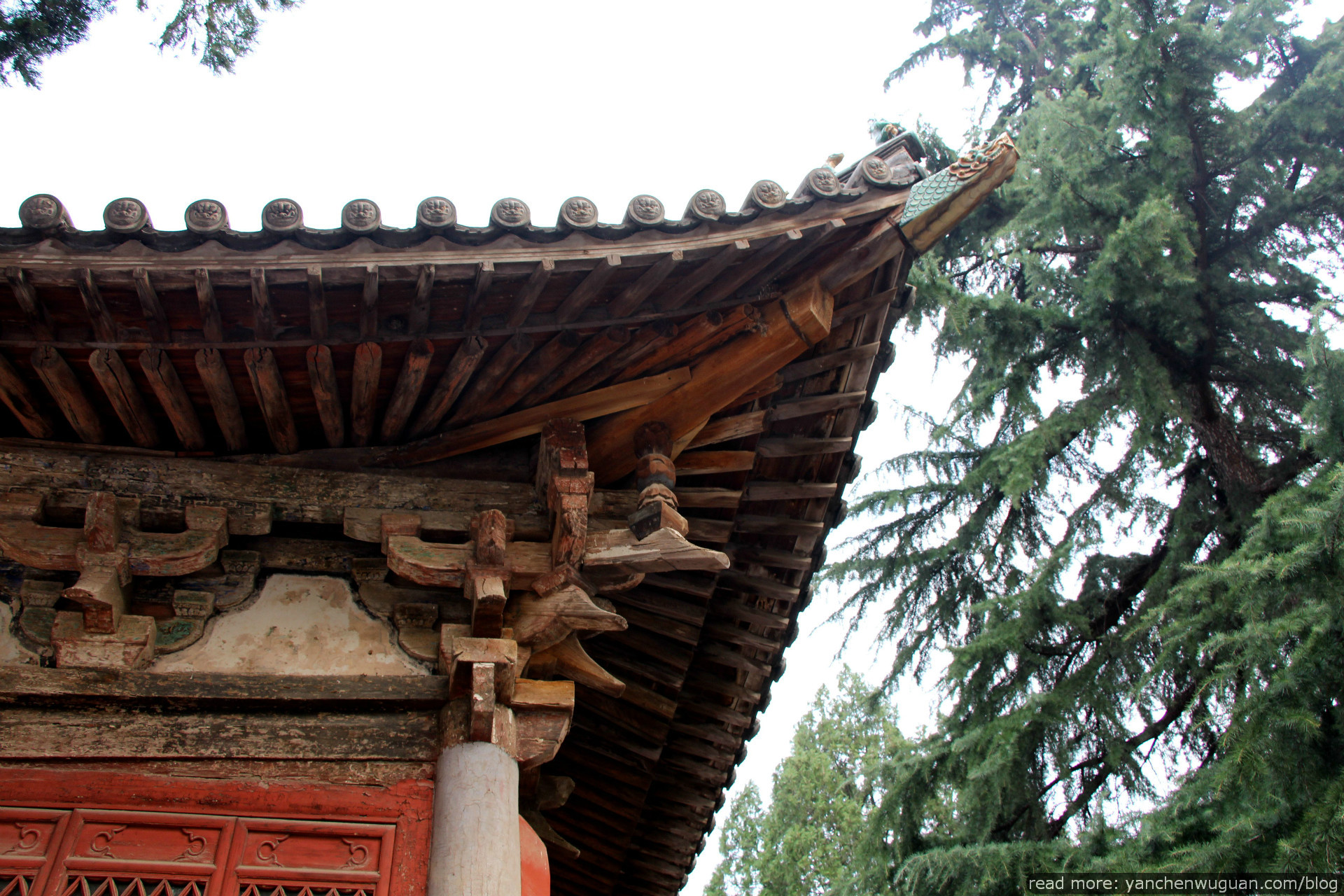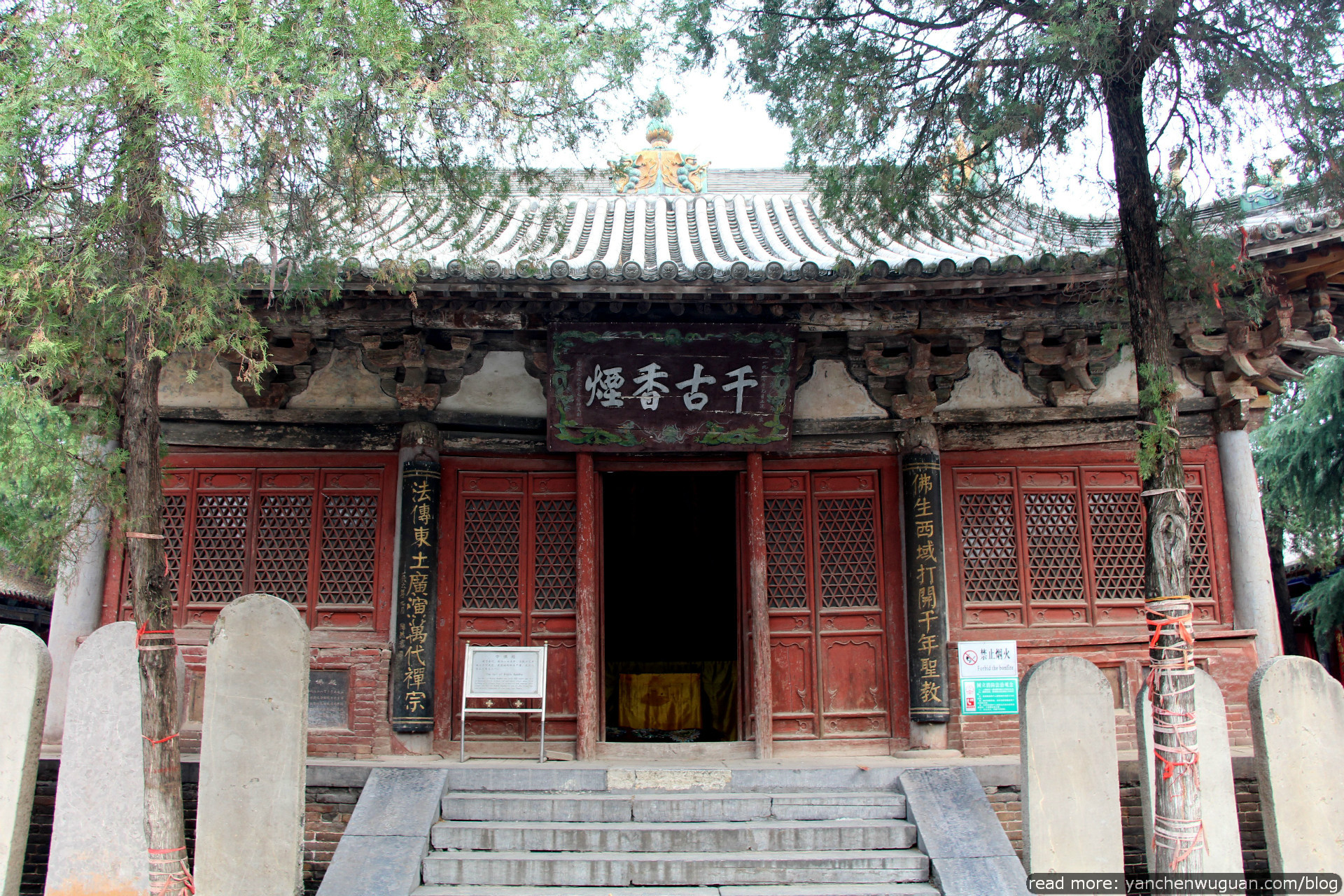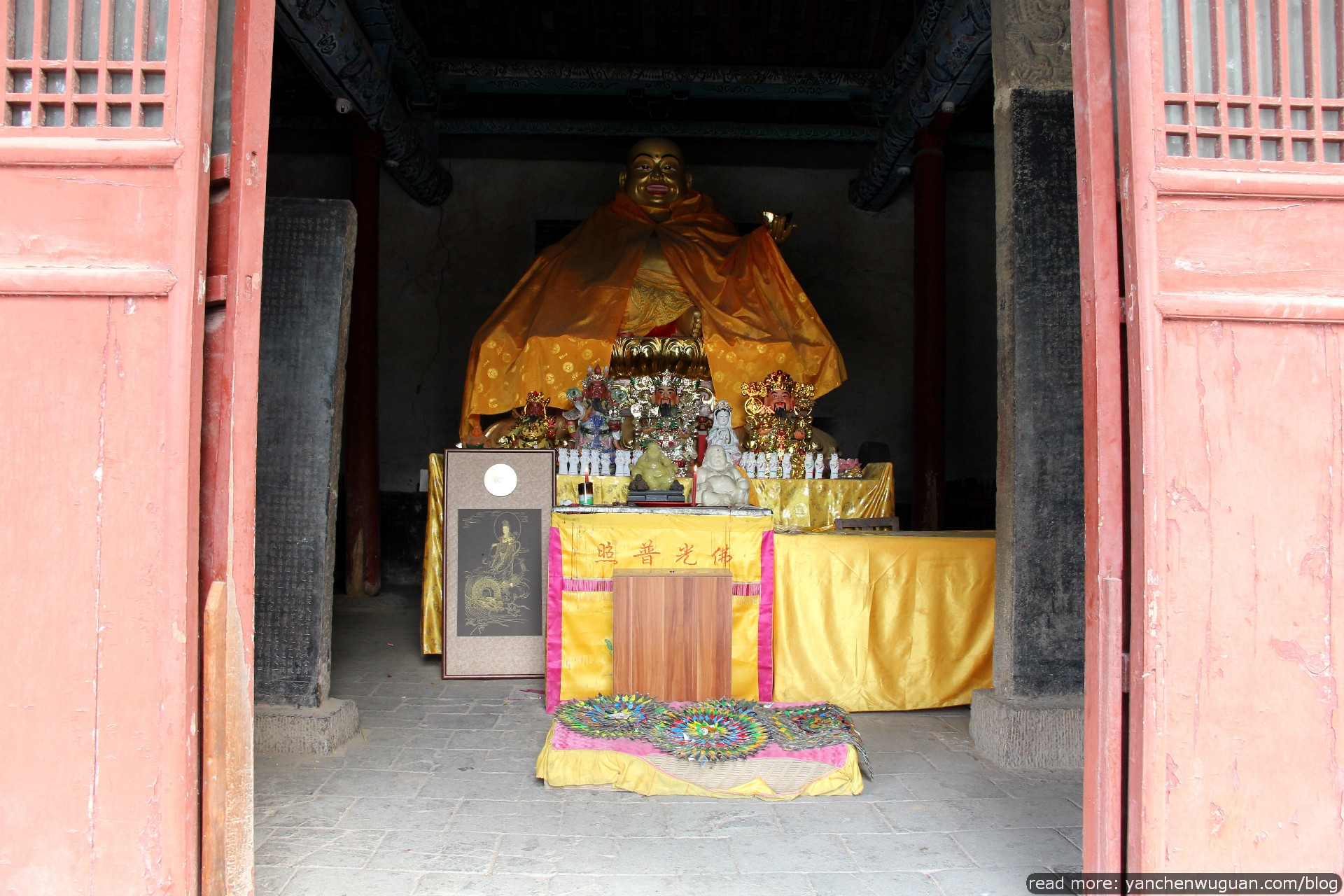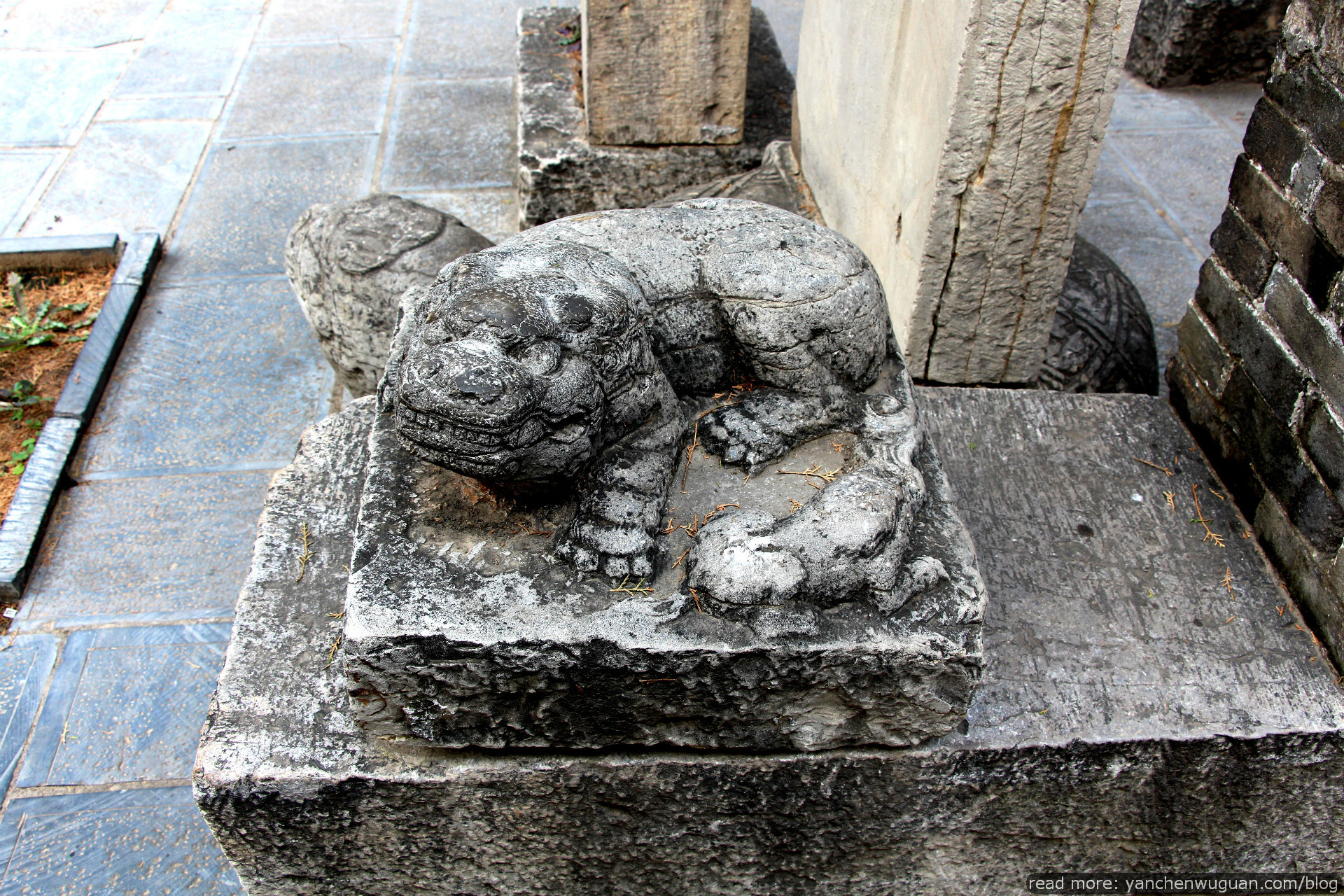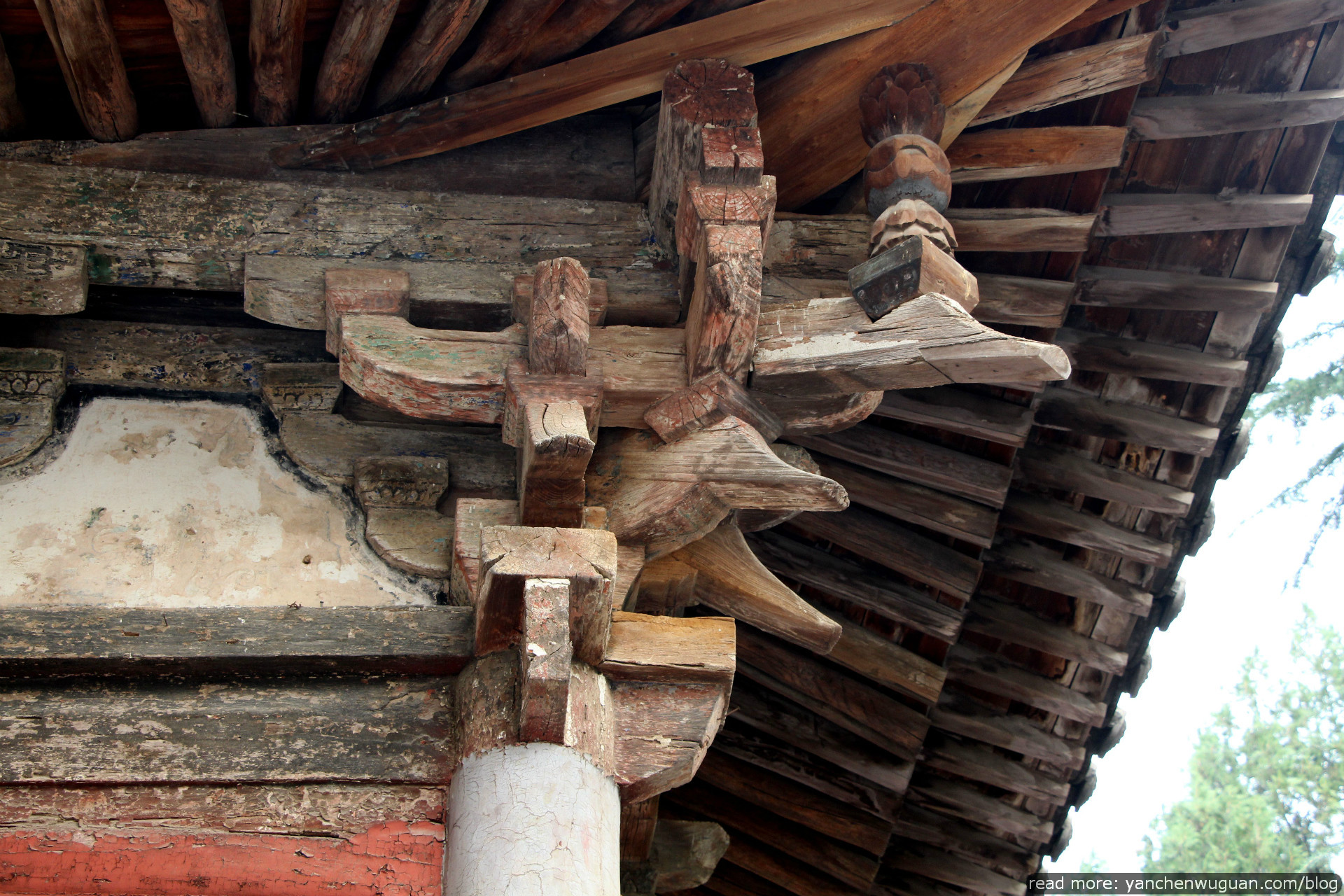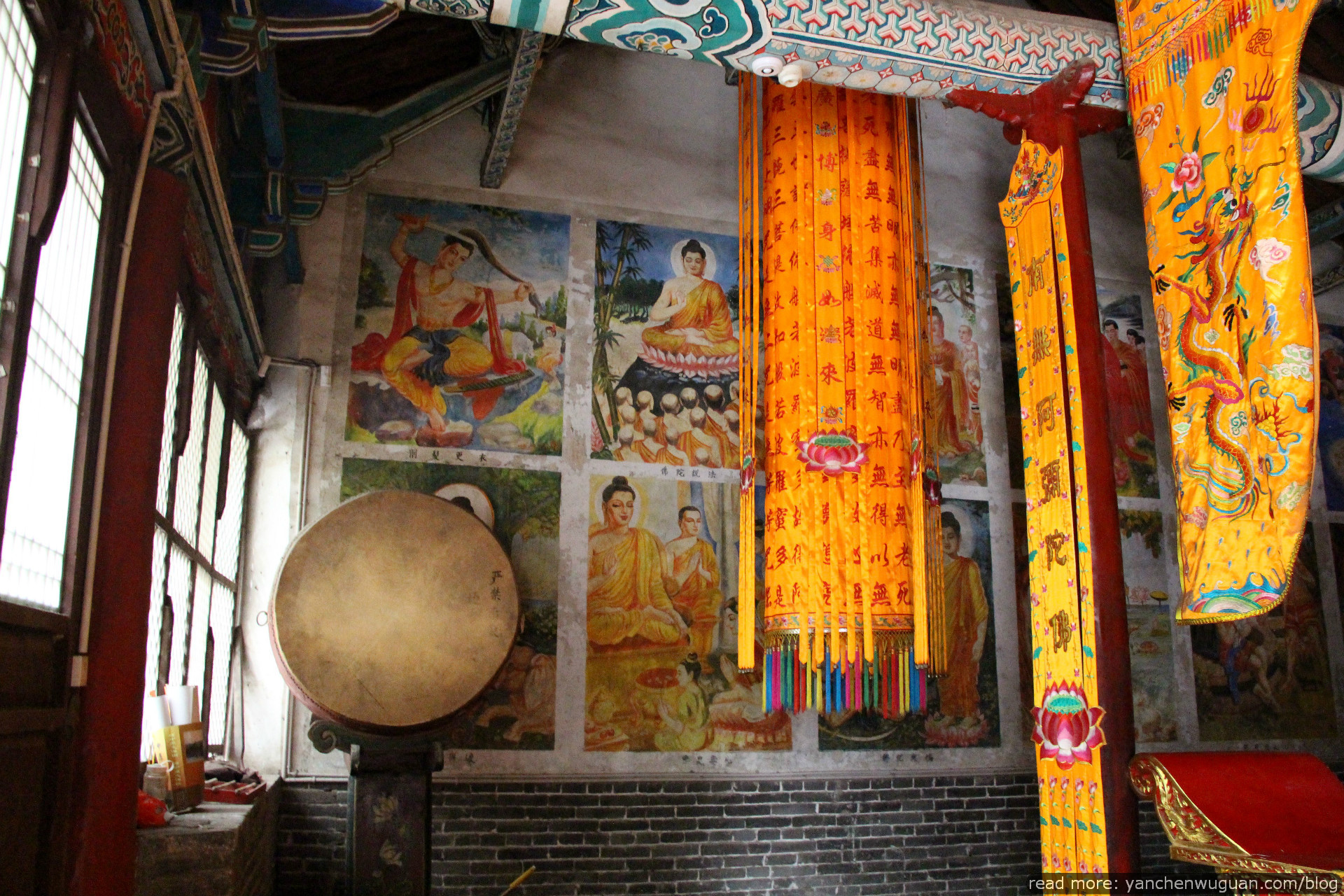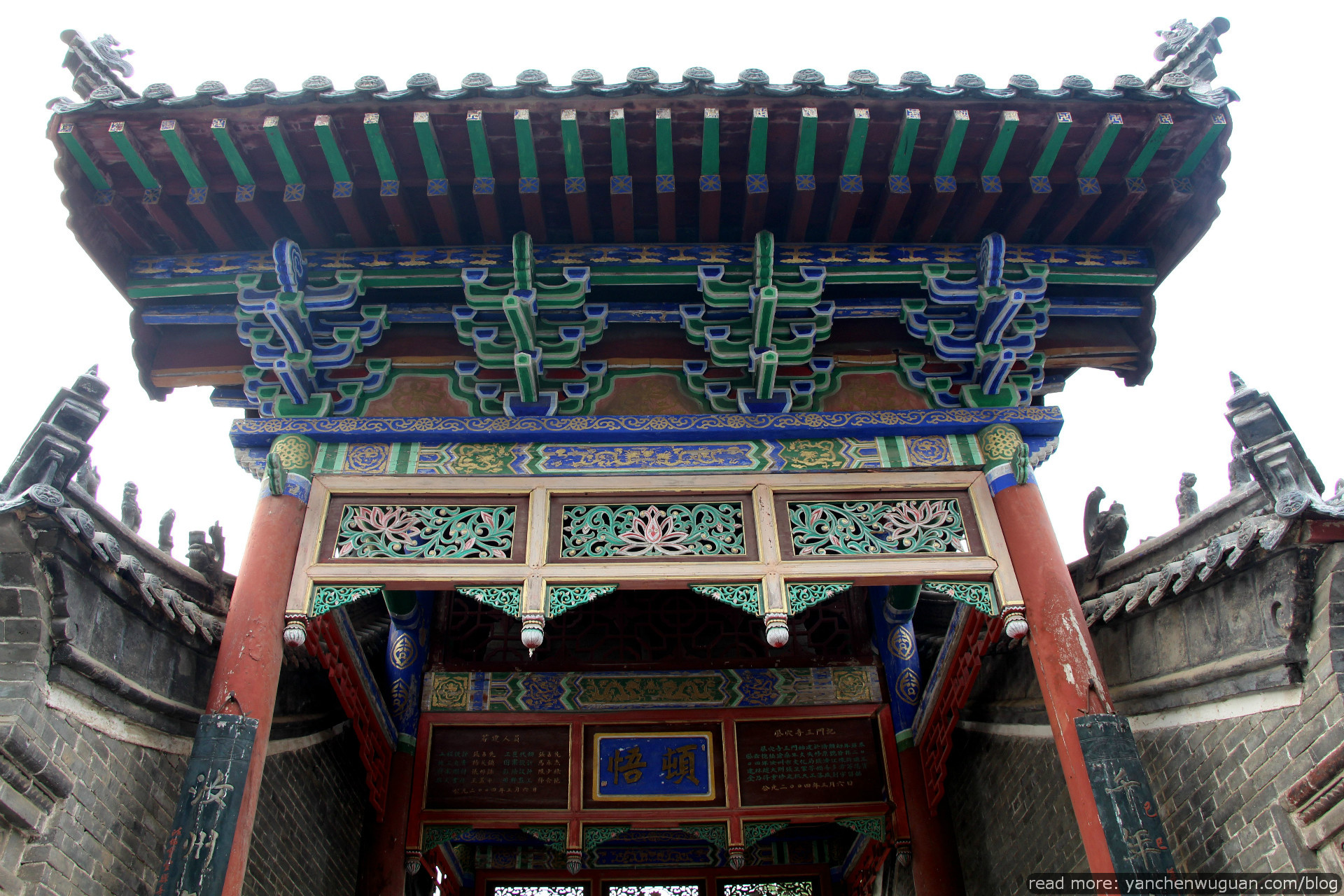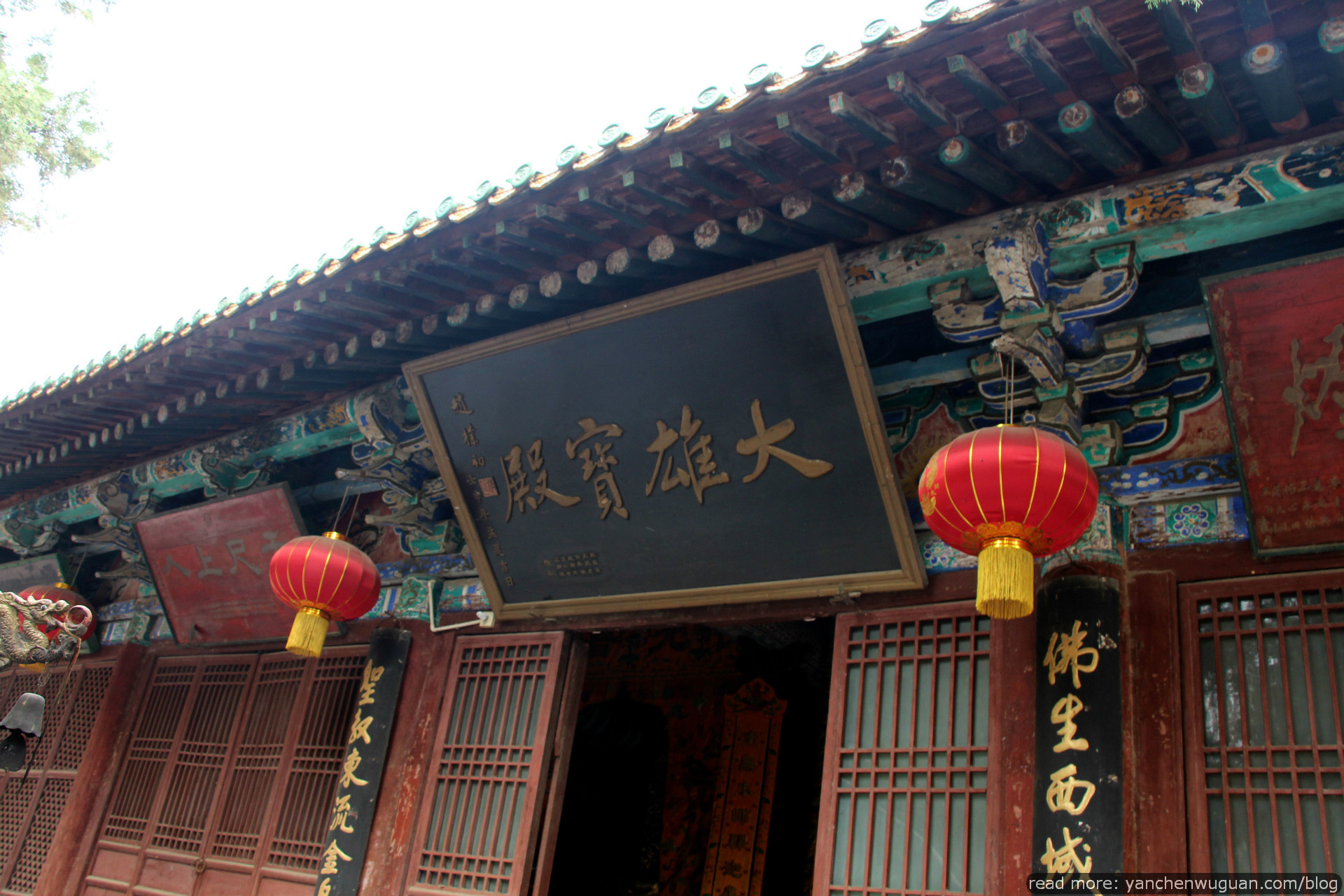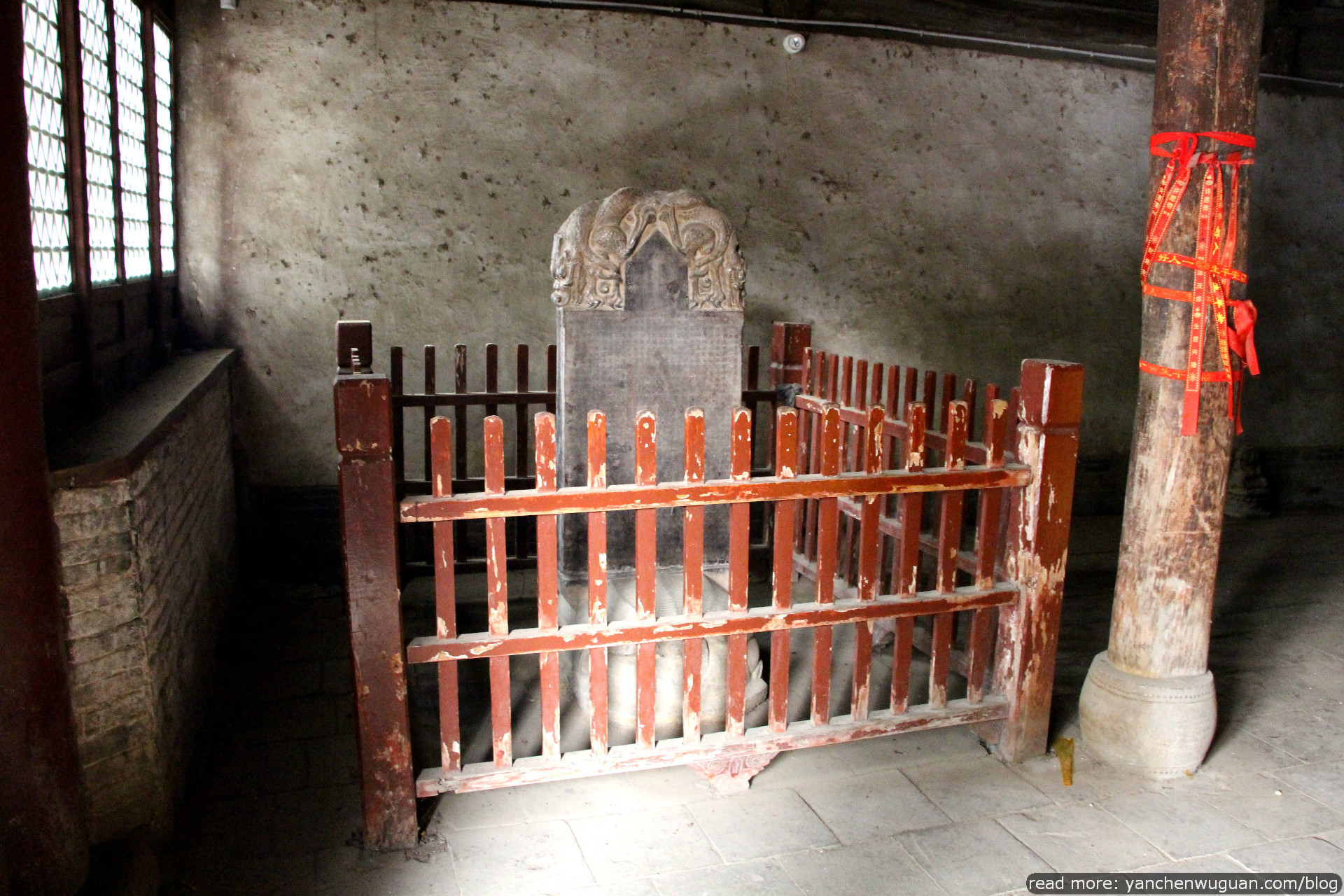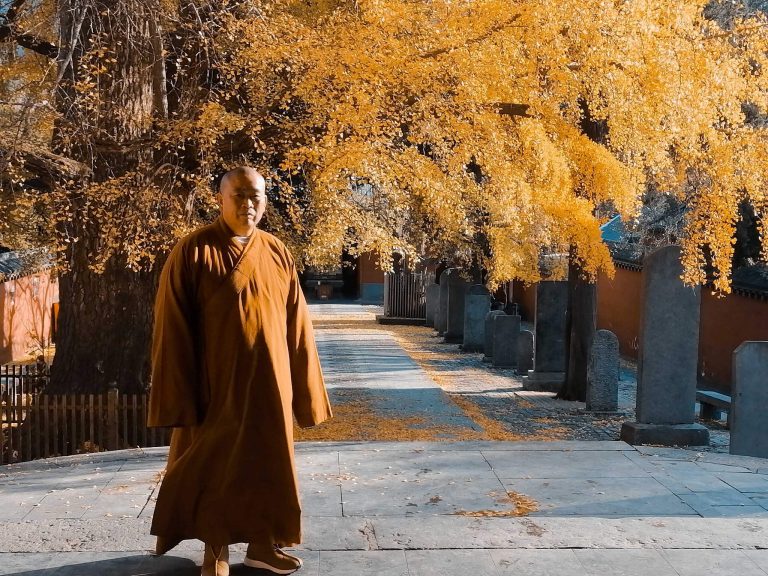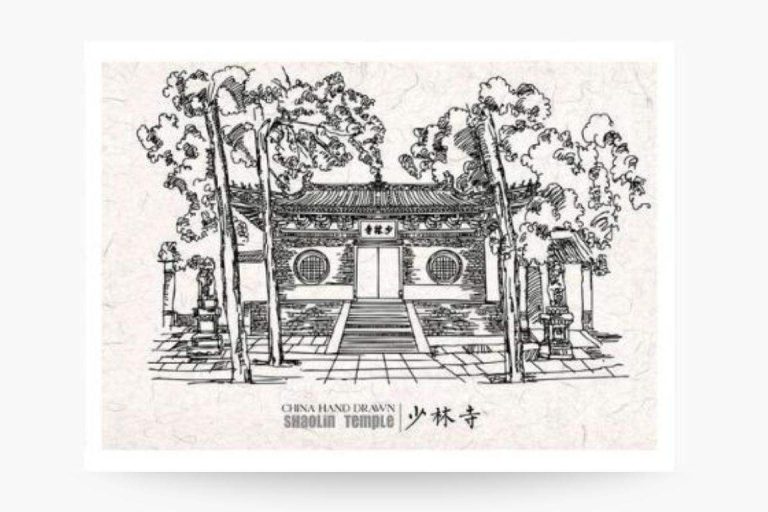Fengxue Temple (凤穴寺) – A Thousand-Year-Old Sanctuary of China
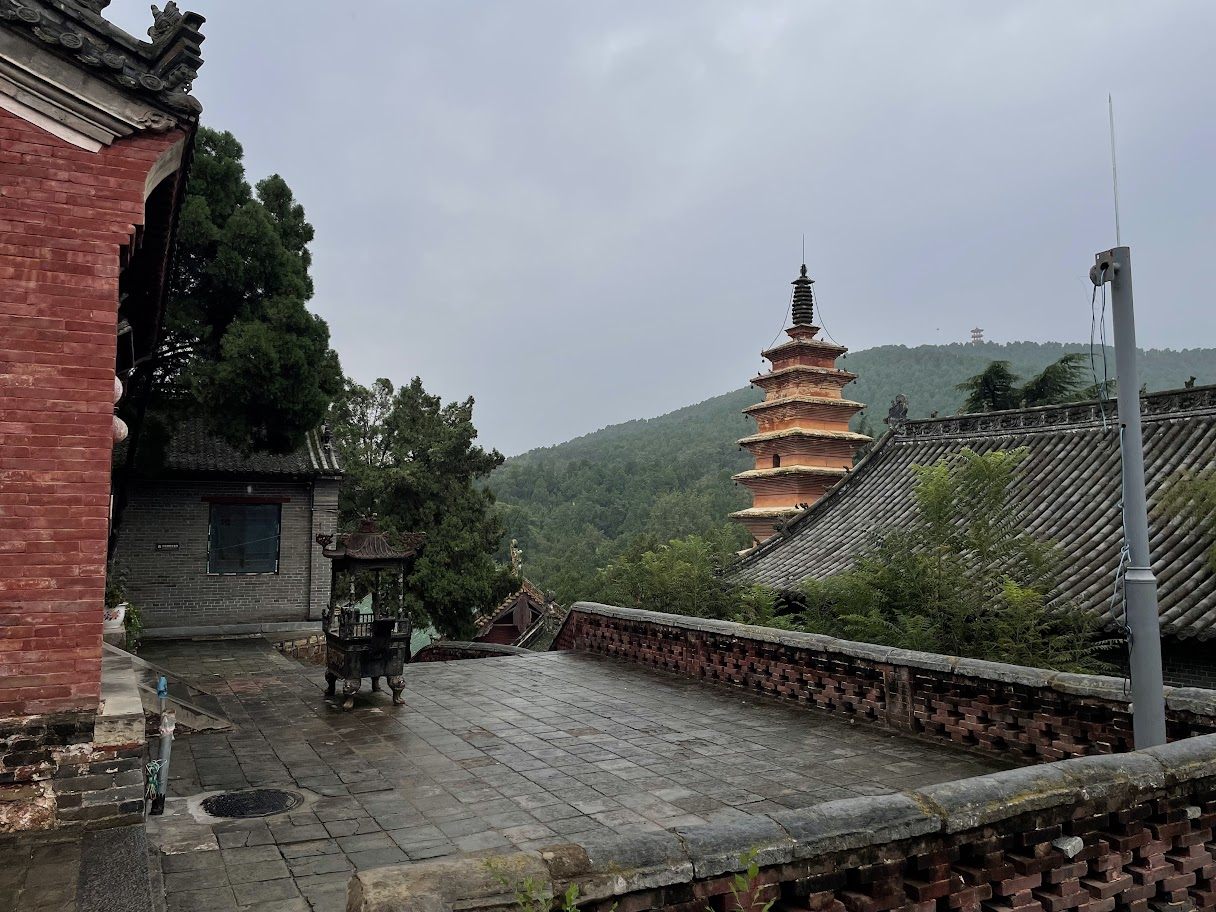
Fengxue Temple (凤穴寺, Fèng xué sì) is a national 4A-level scenic area. In 1988, Fengxue Temple was designated by the State Council as part of the third batch of key national cultural heritage sites. It is located 9 kilometers northeast of Ruzhou City, nestled in Fengxue Mountain (凤穴山, Fèng xué shān) on the southern slope of Shaoshi Mountain (少室山, Shào shì shān) in the Song Mountain (嵩山, Sōng shān) range.
Fengxue Temple was originally established in the first year of the Eastern Han dynasty’s Zhongping period, giving it over 1,800 years of rich history. It is celebrated alongside Shaolin Temple (少林寺, Shàolín sì), Youma Temple (臼马寺, Jiù mǎ sì), and Xiangguo Temple (相国寺, Xiàng guó sì) as one of the “Four Great Temples of Central China.”
Within Fengxue Temple, there are well-preserved structures from the Tang (唐, 618–907), Song (宋, 960–1279), Jin (金, 1115–1234), Yuan (元, 1271–1368), Ming (明, 1368–1644), and Qing (清, 1644–1912) dynasties, leading experts to describe it as an “open-air museum of ancient architecture.”
The three most intact and distinguished structures include: the Seven Patriarchs Pagoda (七祖塔, Qī zǔ tǎ) from the Tang dynasty, the only nine-story relic pagoda of its kind in China; a Great Iron Bell (大铁钟, Dà tiě zhōng) from the Song dynasty, which is one of five remaining Tang and Song-era iron bells still on its original frame, and the only one in Henan; and the Central Buddha Hall (中佛殿, Zhōng fó diàn) from the Jin dynasty. These three structures are celebrated by cultural heritage experts as the “Three National Treasures” of Fengxue Temple.
Filming
Fengxue Temple was also one of the filming locations for the 1982 version of the film Shaolin Temple (少林寺, shǎolínsì) and Deciples of Shaolin Temple 1985 (少林俗家弟子, shǎolín sújiā dìzǐ).
Deciples of Shaolin watch video
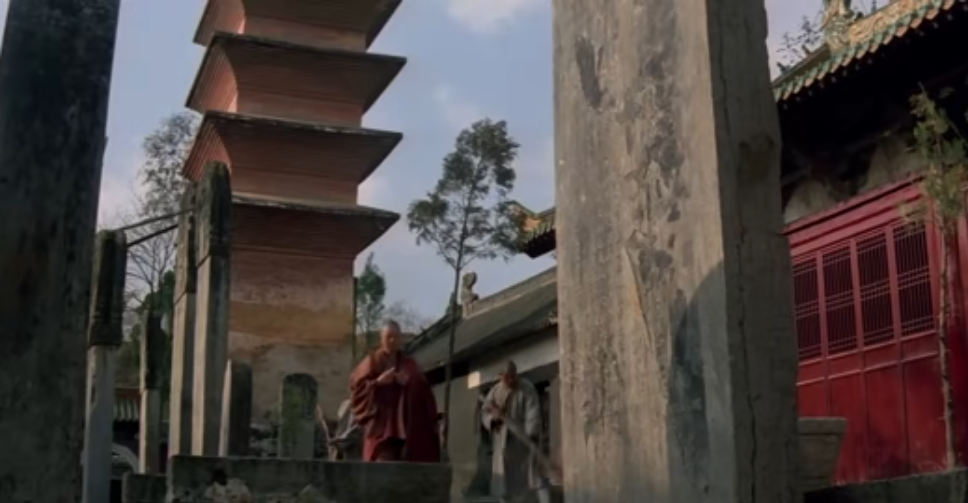
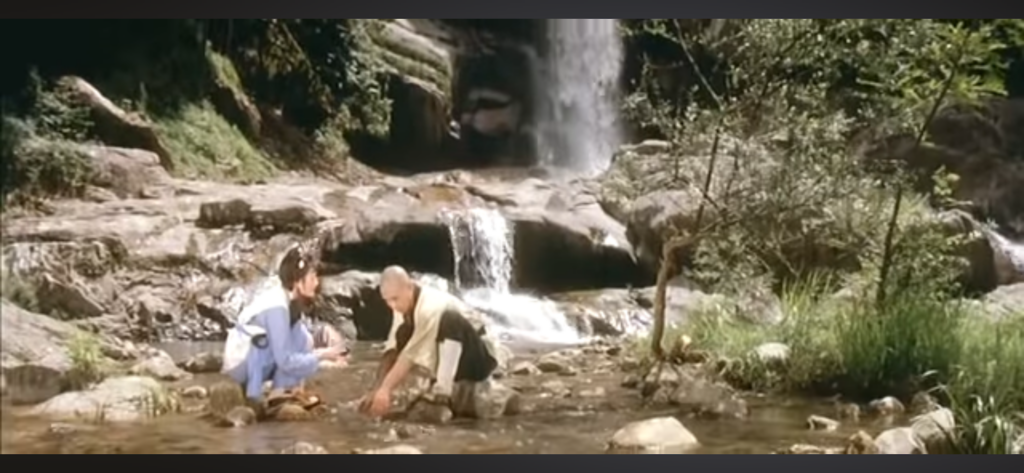
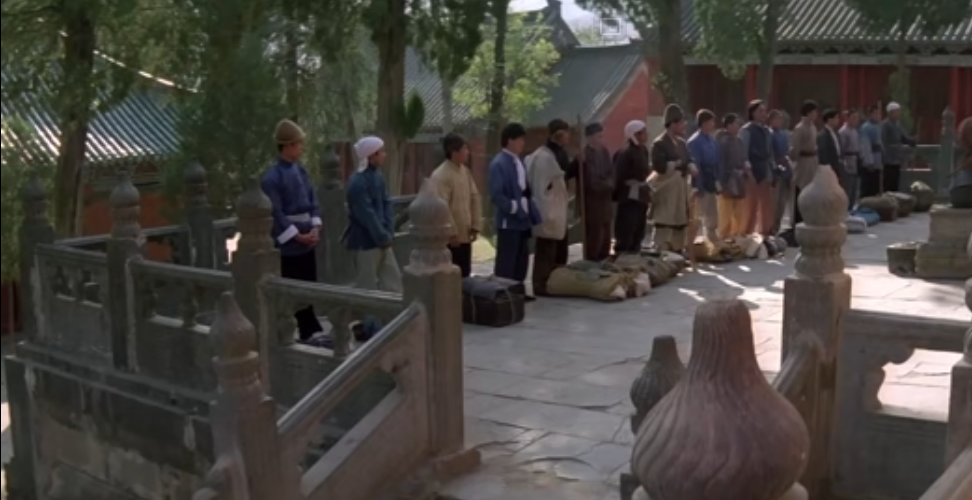
Historical Significance
The temple was founded in the 7th century AD, during the Tang dynasty (唐朝, Táng cháo). It was originally established as a place for meditation and spiritual teachings. Throughout its extensive history, the temple underwent numerous restorations and expansions, each contributing to its architectural richness and spiritual significance. Fengxue Temple played a crucial role in promoting Buddhism, especially during the flourishing of the religion in China. Its cultural and religious influence continues to resonate to this day.
Main Attractions
Middle Buddha Hall (中佛殿, Zhōng Fó Diàn)
The Middle Buddha Hall (中佛殿, Zhōng Fó Diàn) is considered one of the three national treasures of Fengxue Temple (风穴寺, Fēng Xuè Sì). The architecture of the Middle Buddha Hall employs the “column reduction” method (减柱法, jiǎn zhù fǎ), where only one long bracket (长托, cháng tuō) is used under the beam, raised high to reduce the pressure on the main roof beam. The beam structure is scientifically sound and rational, making it a valuable object for the study of ancient architecture (古建筑, gǔ jiàn zhù) and mechanics (力学, lì xué). It is a fine example of ancient architecture in the country.
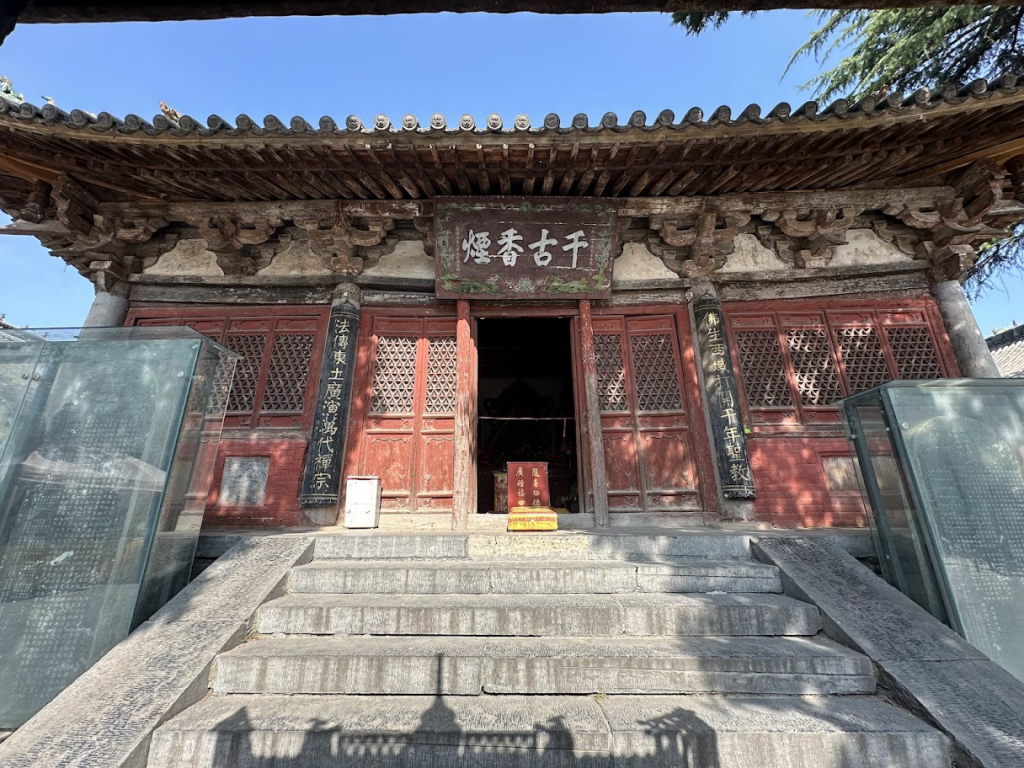
Due to the invasion of the Jin people (女真, Nǚzhēn) at the end of the Northern Song Dynasty (北宋, Běi Sòng), very few buildings were preserved in the Central Plains (中原, Zhōngyuán) as the Jin stayed there for a short period. In Henan Province (河南省, Hénán Shěng), only two such buildings remain, and this is one of them, preserved most completely. The interior paintings of the hall, which are over 800 years old, can still be seen today, and the murals in the arches have also retained their original appearance, making them a national treasure (国宝, guó bǎo) according to experts.
Pagoda of the Seventh Patriarch (七祖塔, Qīzǔ Tǎ)
The Pagoda of the Seventh Patriarch (七祖塔, Qīzǔ Tǎ), also known as the Pagoda of the Relics of Master Zhen (舍利塔, Shèlì Tǎ), was built in the 26th year of the Kaiyuan era (开元, Kāiyuán) (738 AD), making it over 1200 years old. During the reign of Emperor Xuanzong (唐玄宗, Táng Xuánzōng) and with the support of high-ranking officials Cuī Xiàngguó (崔相国) and Jì Shǐjūn (季使君), disciples collected thousands of relics (舍利, shèlì) of Master Zhen and constructed this pagoda in his honor.
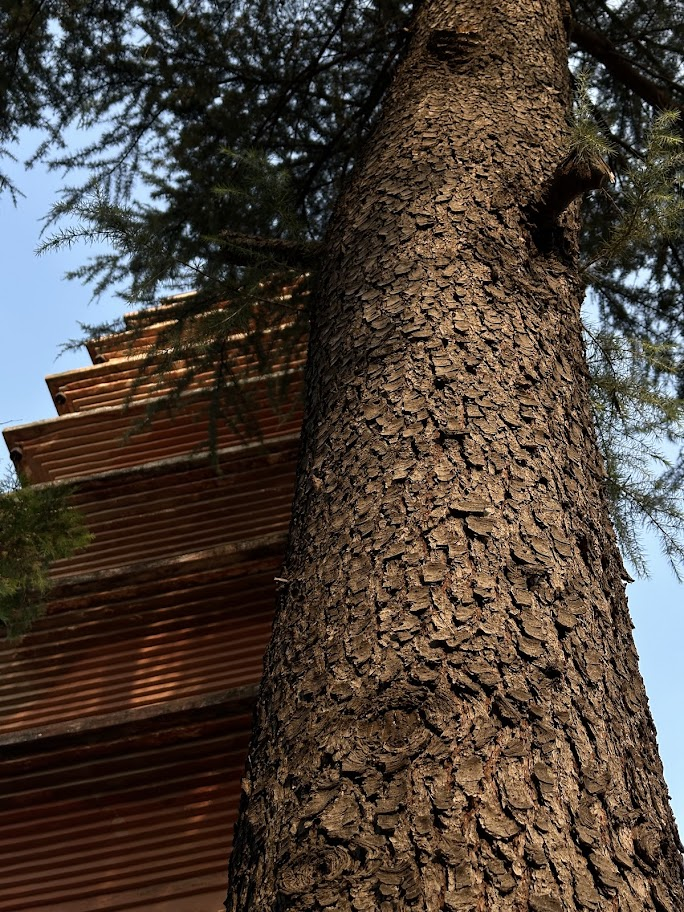
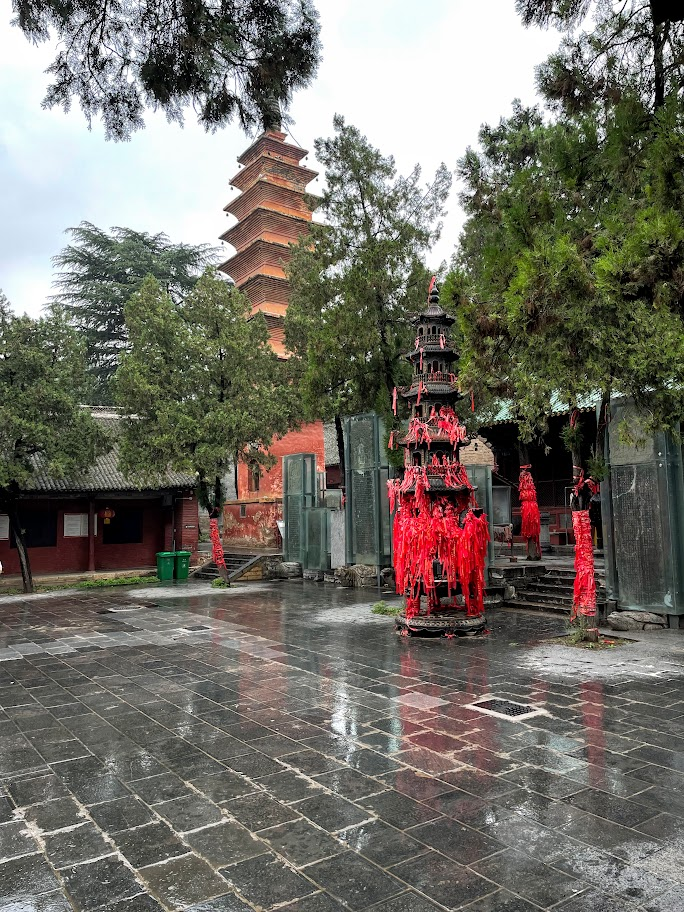
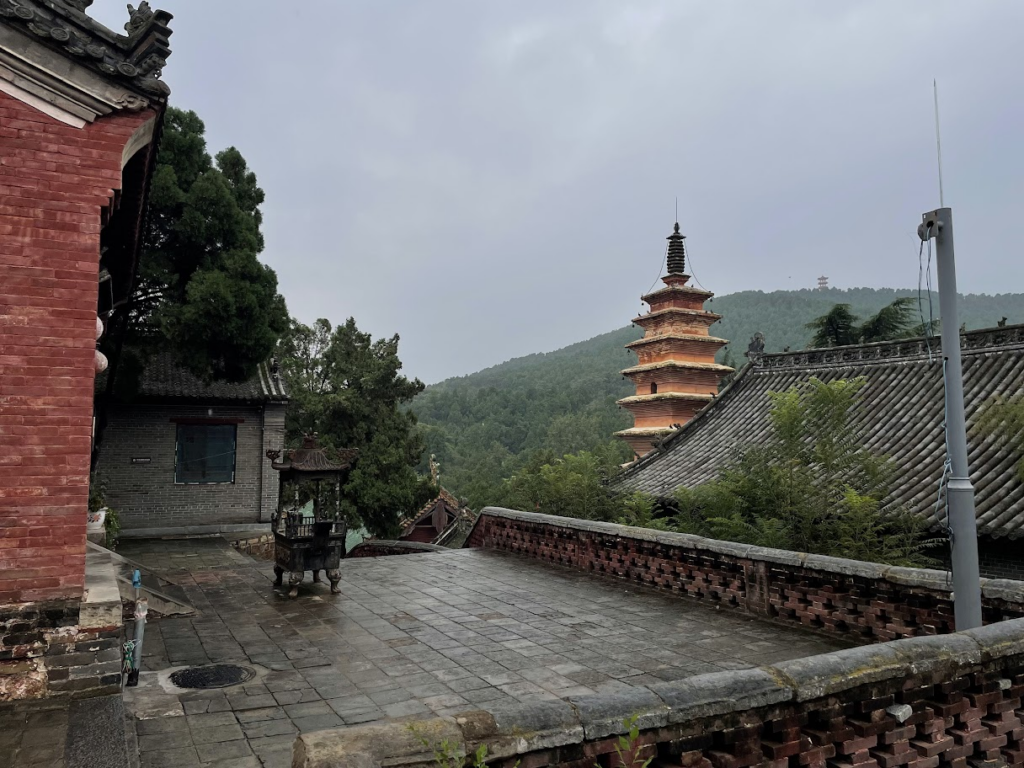
The pagoda stands 24.17 meters high, with nine tiers and a parabolic shape. Each tier is adorned with bells (铃铎, líng duó) that chime melodiously in the wind. Protected by surrounding mountains, the pagoda has retained its elements, such as the spire (刹杆, shā gān), water wheel (水烟, shuǐ yān), and precious beads (宝珠, bǎo zhū). According to experts, out of more than a hundred preserved Tang dynasty pagodas (唐塔, Táng Tǎ) in the country, only seven are in such good condition, and the Pagoda of the Seventh Patriarch is one of them.
Pavilion of the Hanging Bell (悬钟阁, Xuán Zhōng Gé)
The Pavilion of the Hanging Bell (悬钟阁, Xuán Zhōng Gé) along with the Pagoda of the Seventh Patriarch (七祖塔, Qīzǔ Tǎ) and the Middle Buddha Hall (中佛殿, Zhōng Fó Diàn) is considered one of the three national treasures of Fengxue Temple (风穴寺, Fēng Xuè Sì). Built on a stone platform eight feet high and three zhang wide in the southwest corner of the temple, the pavilion is designed in the style of a multi-layered roof (歇山式, xiē shān shì) with three eaves. Its raised eaves and corners make it majestic and imposing while retaining an ancient and simple style.
Inside the pavilion are four massive wooden columns, with a horizontal beam mounted on their ends. Hanging from this beam is a large iron bell cast in the seventh year of the Xuanhe era (宣和, Xuān Hé) of the Song Dynasty (宋) (1125 AD). The bell weighs 9999 jin and is a rare preserved artifact from the Song era. It is also the largest and most completely preserved iron bell in Henan Province, known as the “First Bell of the Central Plains” (中一钟).
Mountain Gate (山门, shān mén)
To the left of the temple (寺院, sìyuàn) lies Dragon Mountain (龙山, Lóngshān), majestic like a dragon seated on its throne, covered in lush greenery; to the right is Tiger Mountain (虎山, Hǔshān), rounded and solid, covered with pine trees. The peach groves on both sides of the road resemble red birds Zhuque (朱雀, Zhūquè) ready to take flight, perfectly aligning with the principles of feng shui (风水, fēngshuǐ) which state: “left dragon, right tiger, front red bird, back black tortoise.” This is indeed a rare site with excellent feng shui, a pure land of Buddha.
Lianyi Pavilion (涟漪亭, Liányī Tíng)
The Lianyi Pavilion (涟漪亭, Liányī Tíng) was constructed during the Jiajing (嘉靖, Jiājìng) period of the Ming Dynasty (明, Míng). It is a two-story hexagonal pavilion with a pointed roof, adorned with a qilin (麒麟, Qílín) carrying a treasure vase, rice-shaped ridges, flame-like spires, and dragon-head decorations on the eaves. The pavilion features six ridges and six animal figures. It is delicate and elegant, with a unique and ancient style unmatched across the country. Inside the pavilion, inspired by Wang Xizhi’s (王羲之, Wáng Xīzhī) “Preface to the Orchid Pavilion” (兰亭序, Lántíng Xù), a water feature with nine bends and eighteen curves was built, where water flows smoothly and sinuously. This place was a favorite spot for ancient poets and scholars to gather, recite poetry, and enjoy leisure. On both sides of the pavilion, couplets are inscribed: “High lands reflect the light, pavilions and towers create magnificence” (高山流水, 楼台生辉, Gāoshān liúshuǐ, lóutái shēnghuī). These lines were penned by Mao Rucai (毛如才, Máo Rúcái), who was the magistrate of Linru County (临汝县, Línrǔ Xiàn) in 1938.
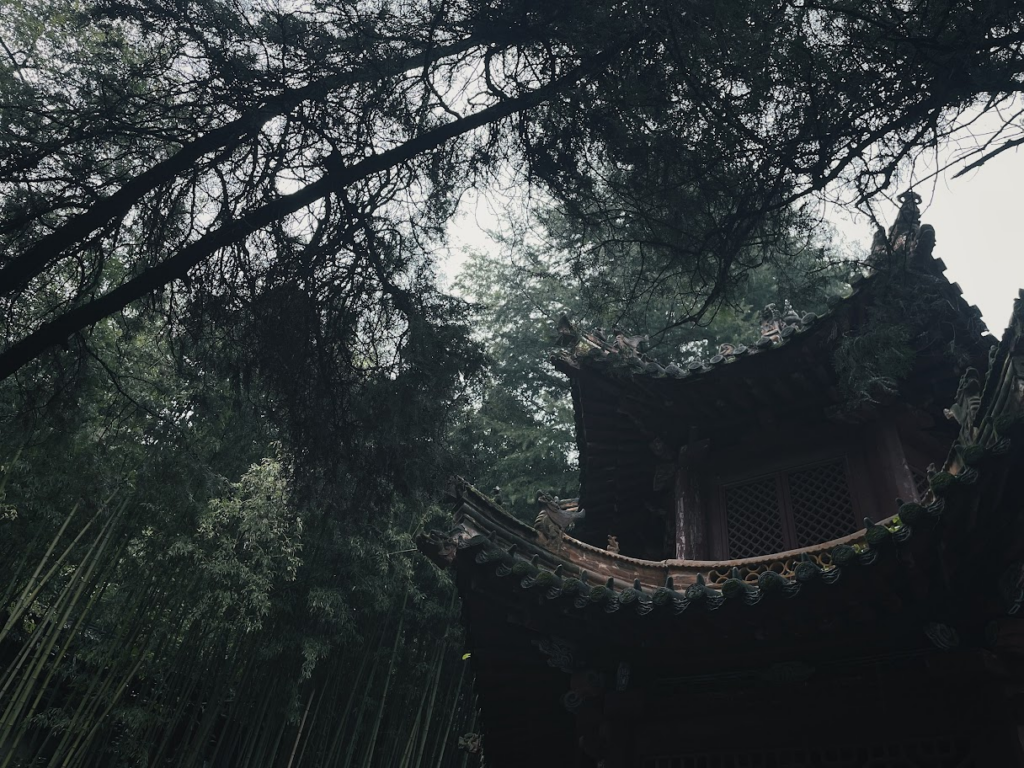
Dragon Spring (龙泉, Lóngquán)
Dragon Spring (龙泉, Lóngquán) flows through an area rich in maifan stone (麦饭石, màifànshí) and is infused with the essence of he shou wu (何首乌, héshǒuwū). It is rich in various trace elements such as silicon, zinc, molybdenum, and others. The zinc content, which is particularly beneficial for the intellectual development of young people, is especially high. Harmful elements like lead and chromium are almost nonexistent. Water experts refer to this water as “high-quality multidimensional mineral water.” It is said that long-term consumption of this water can beautify the complexion, slow aging, and extend life. Ancient poets praised this water, saying: “After feasting on mountain scenery and drinking from the spring, I feel like an immortal ascending to the ancient temple. My old wife does not recognize me without gray hair, laughingly asks: whose beautiful young man is this?”
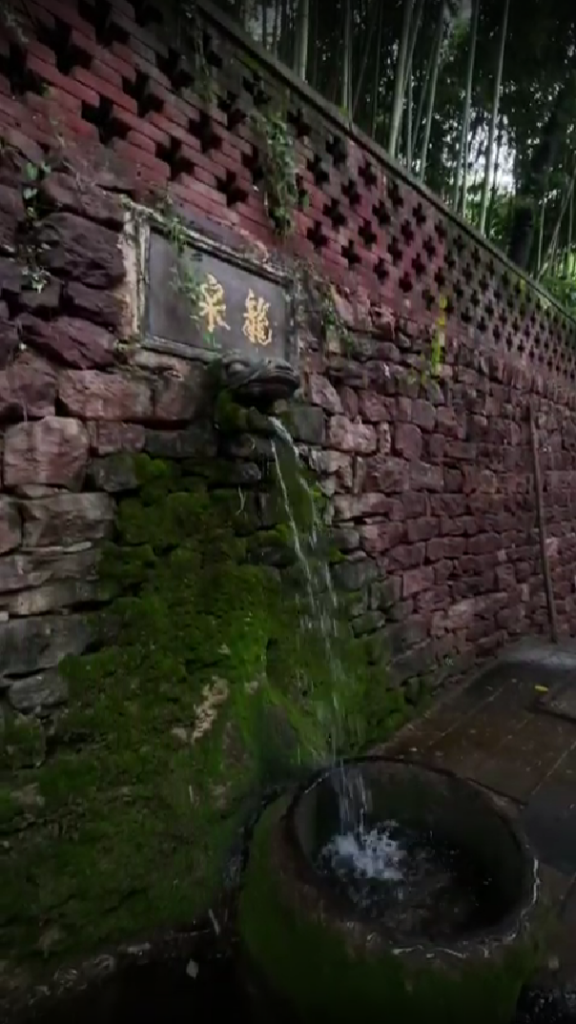
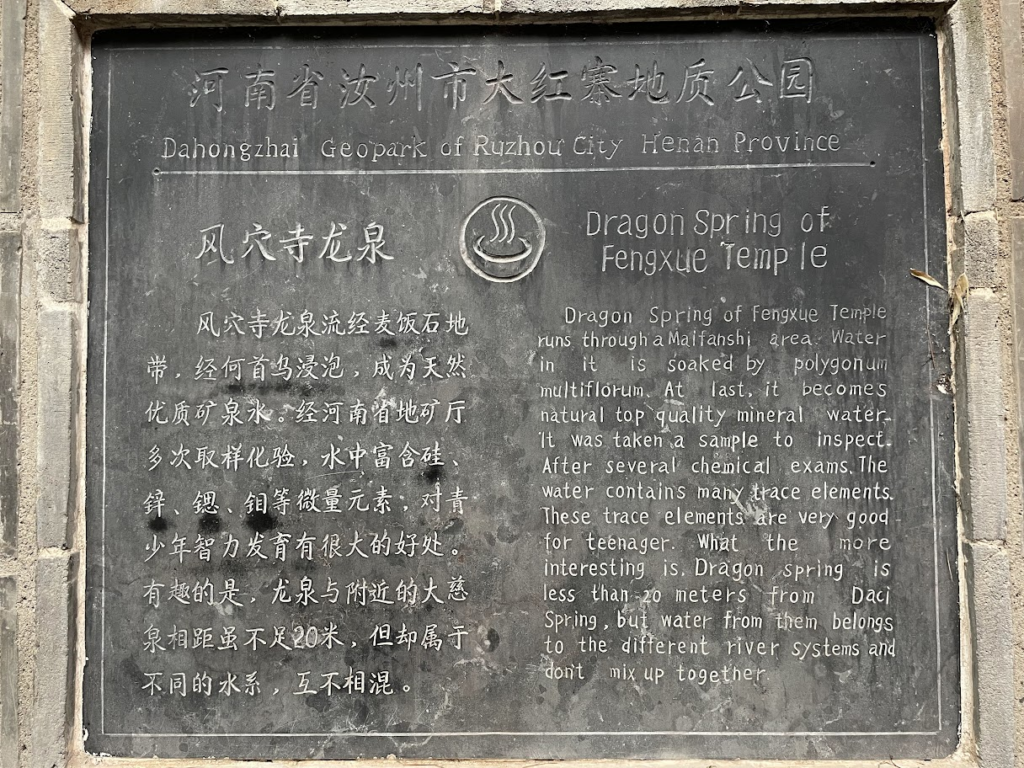
Pearl Curtain
The Pearl Curtain of White Cloud Bay (白云湾珍珠帘, Bái Yún Wān Zhēn Zhū Lián) is one of the eight scenic spots of Fengxue Temple. The bay, formed in a ravine, is surrounded by swirling white clouds when viewed from below, hence the name “White Cloud Bay”. The spring water cascades down steep cliffs, resembling strings of pearls, thus earning the name “White Cloud Bay Pearl Curtain Waterfall”. Zhang Weixin, a scholar from Ruzhou during the Ming Dynasty, dedicated a poem to this sight: “From the sheer cliffs, the emerald stream hangs, pearls scattered through thousands of autumns. It seems as if a jade maiden hides in the void, daily lowering the curtain but never raising the hook”.
The Temple Today
Today, Fengxue Temple remains an active religious and cultural center. Thousands of tourists and pilgrims visit the site annually to experience its rich history, admire its architectural splendor, and immerse themselves in its tranquil natural surroundings. The temple hosts regular religious ceremonies and serves as a focal point for Buddhist festivals, preserving its spiritual significance. Additionally, modern facilities, such as tea houses (茶馆, Chá guǎn), restaurants (餐馆, Cān guǎn), and pavilions (亭子, Tíng zi), make it more accessible and enjoyable for visitors.
Fengxue Temple continues to be a place where history, religion, and nature intertwine, offering a unique and peaceful experience for all who visit. Its ancient architecture, sacred sites, and serene landscapes make it one of China’s most cherished spiritual landmarks.

